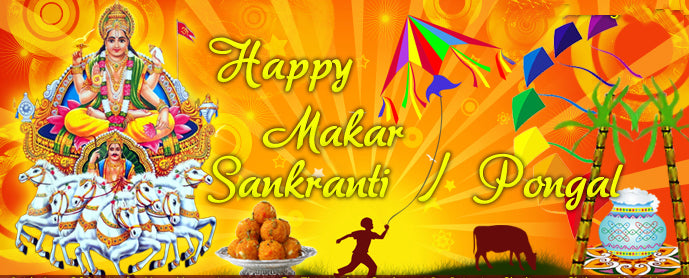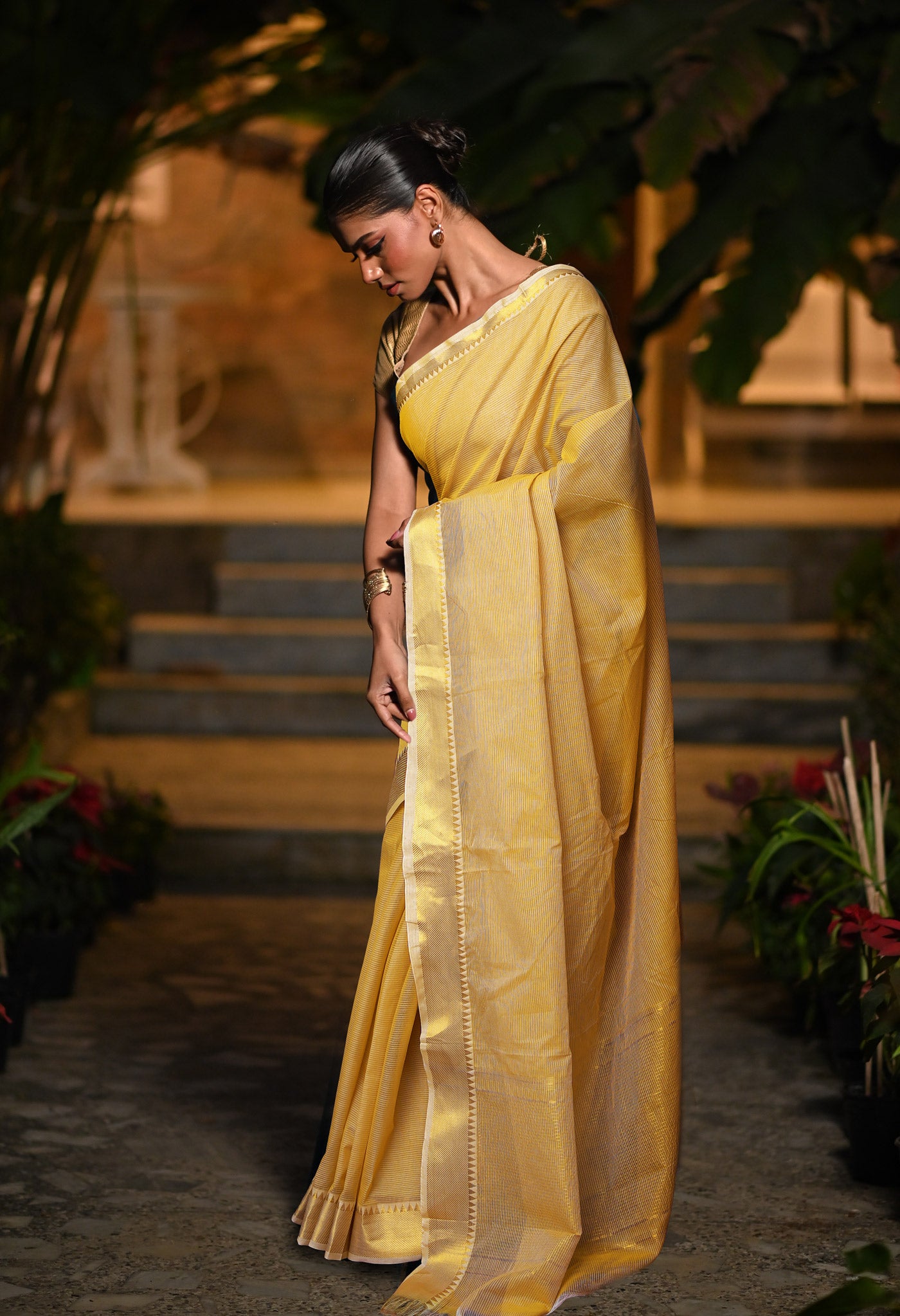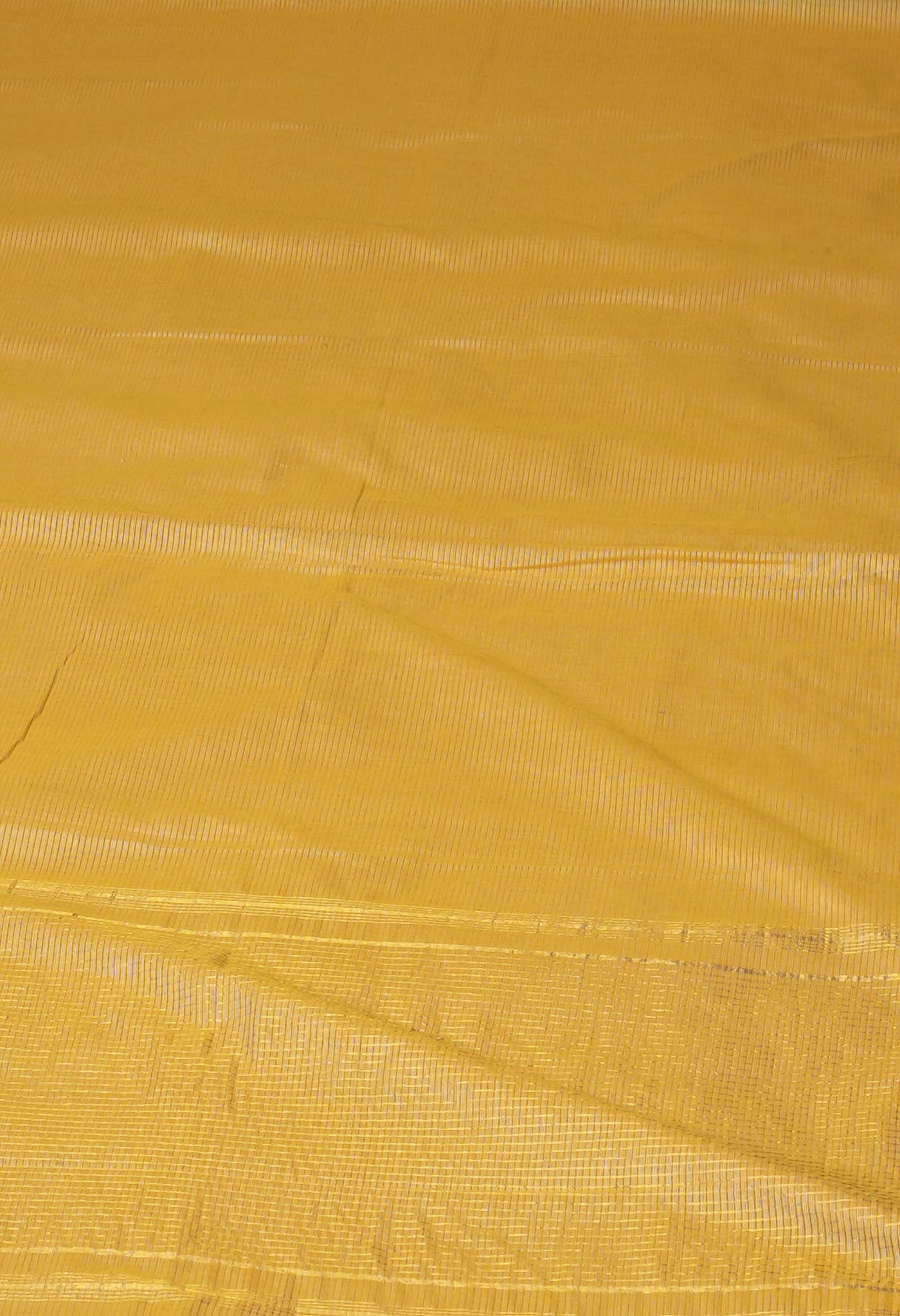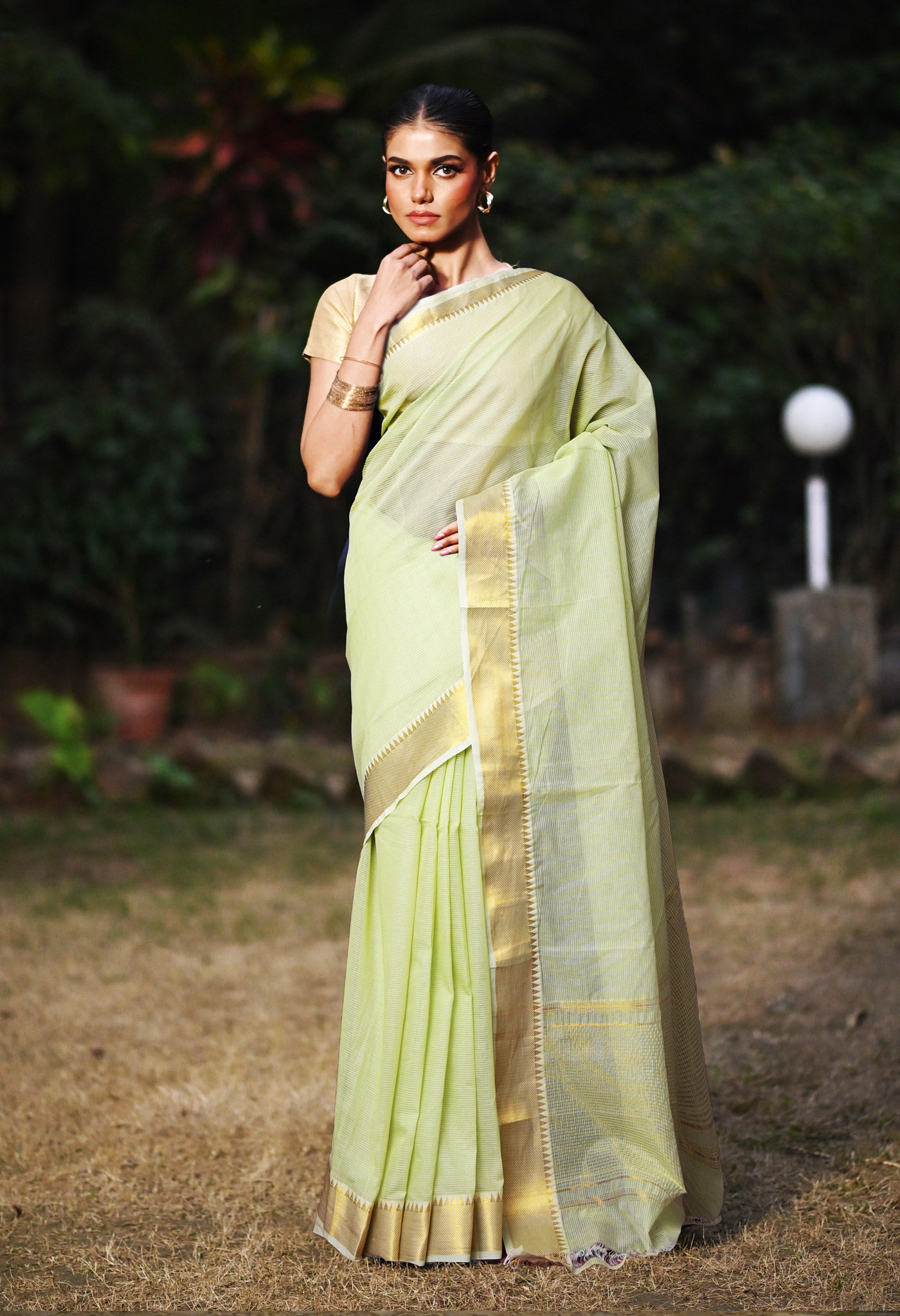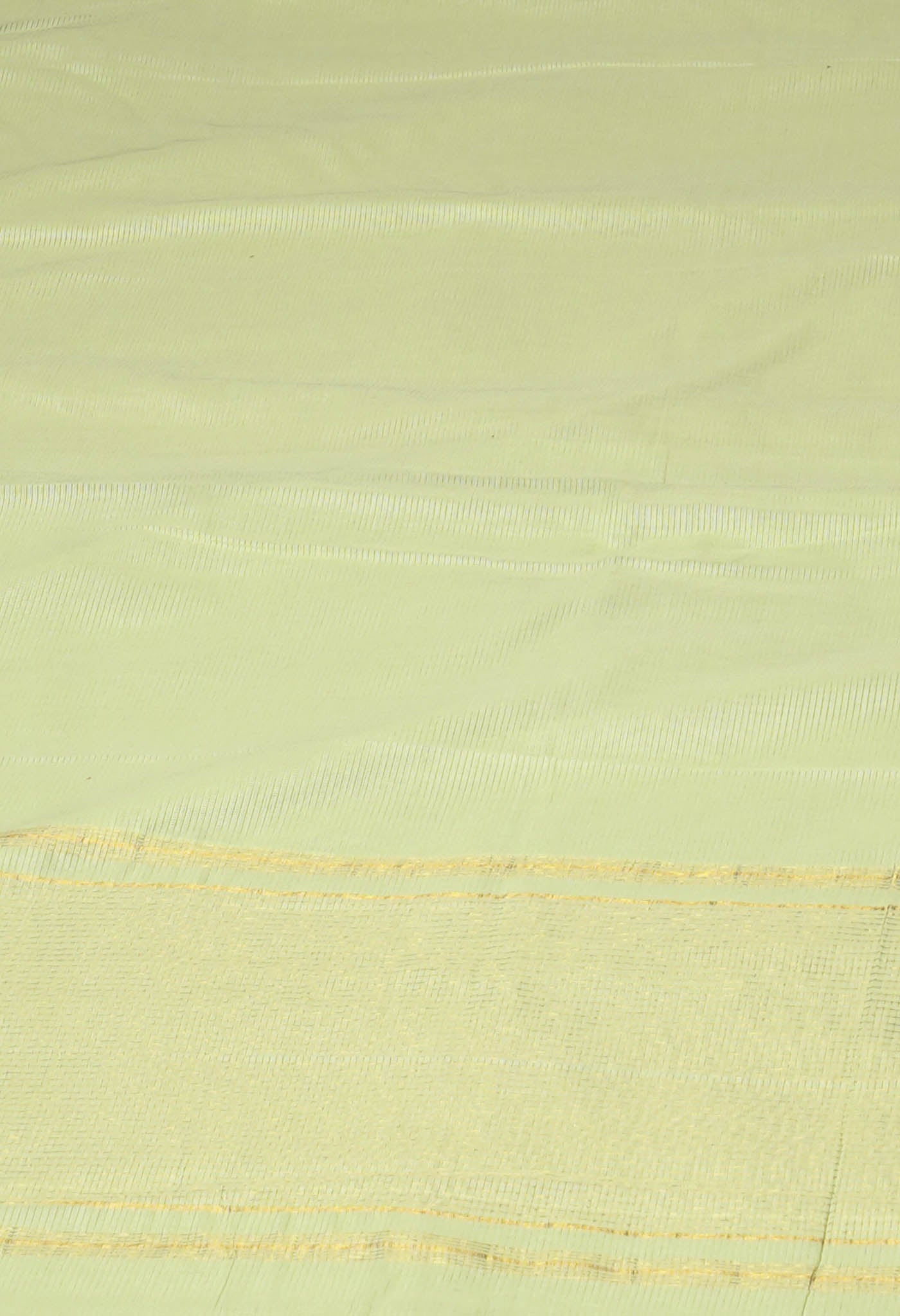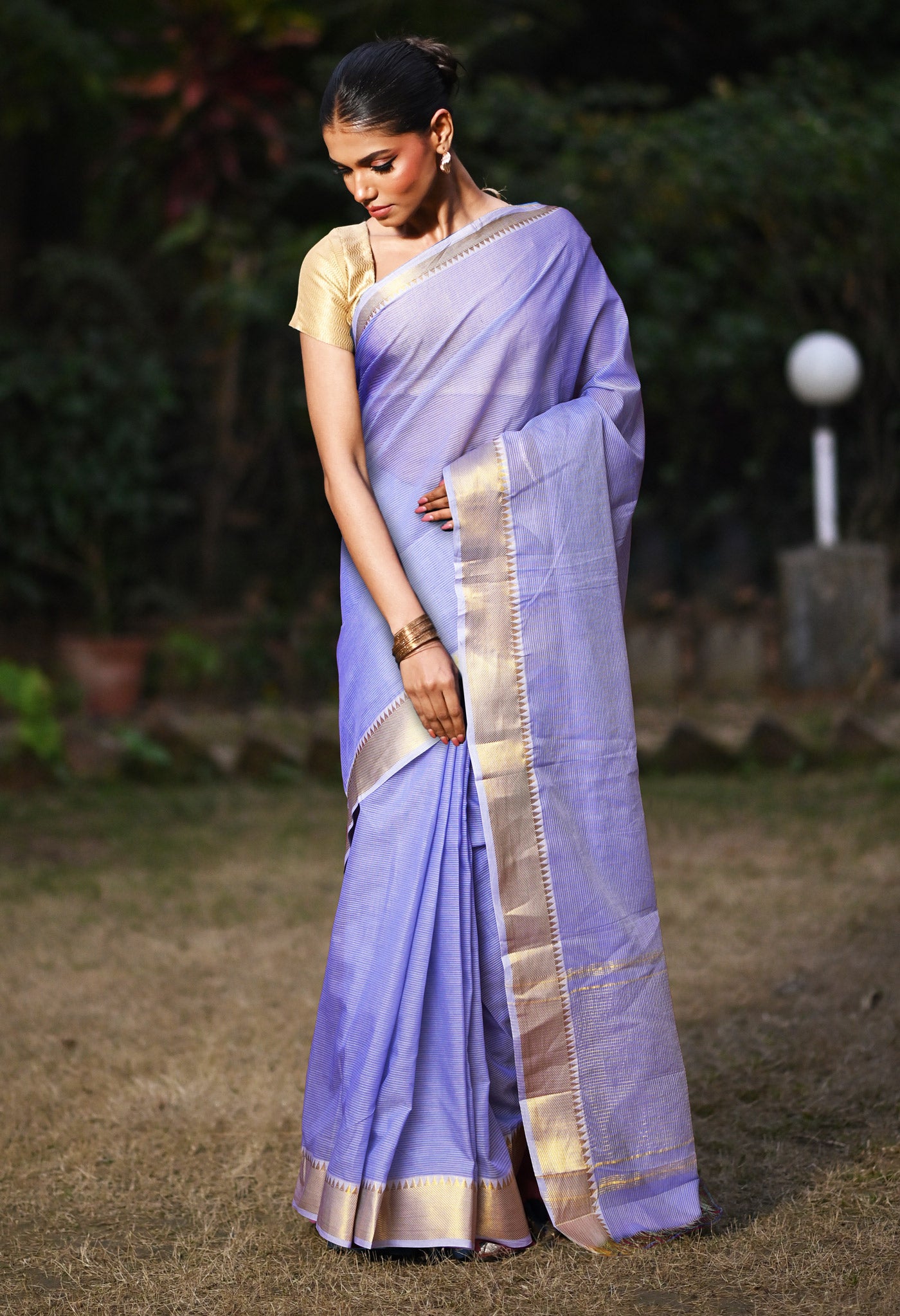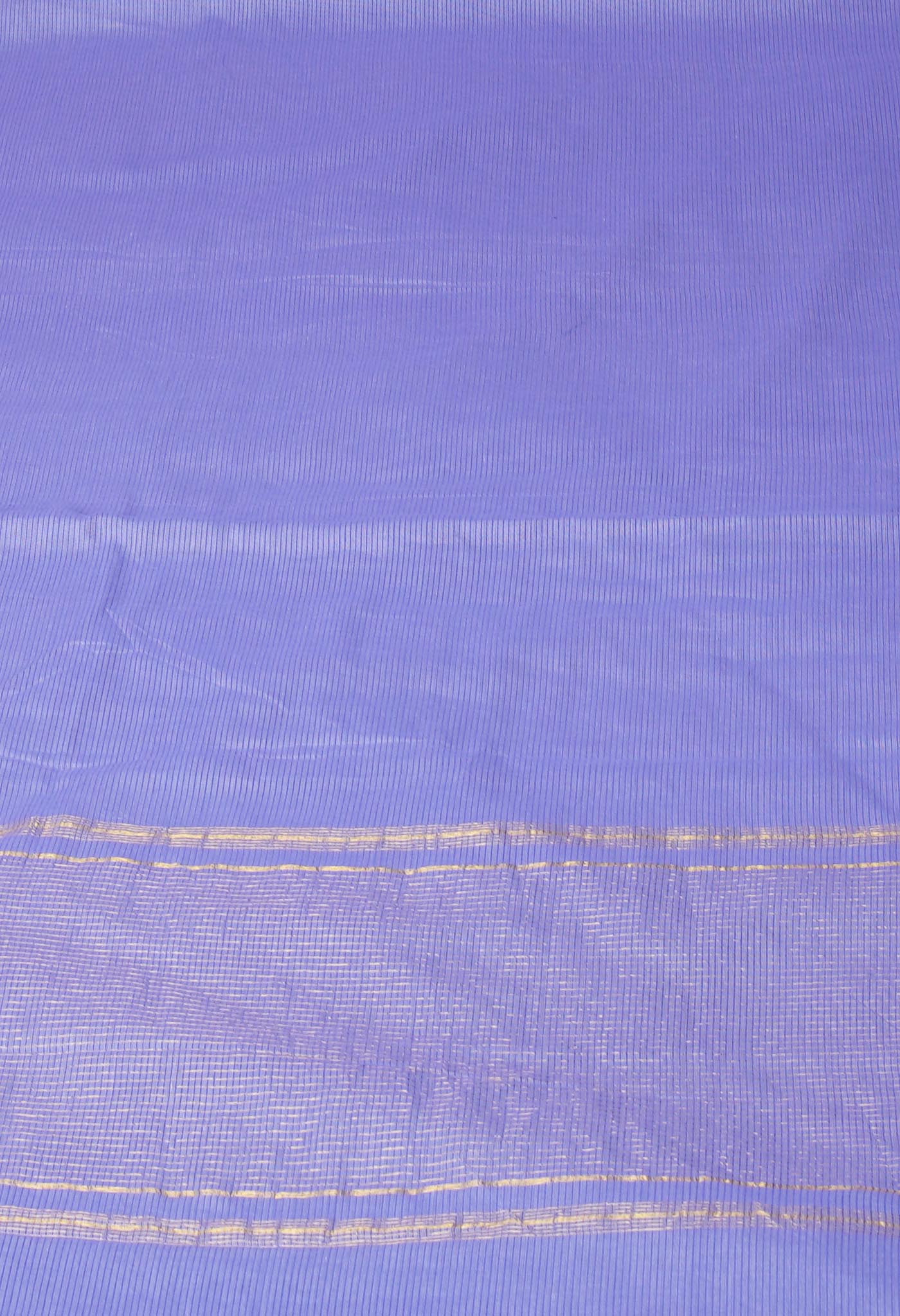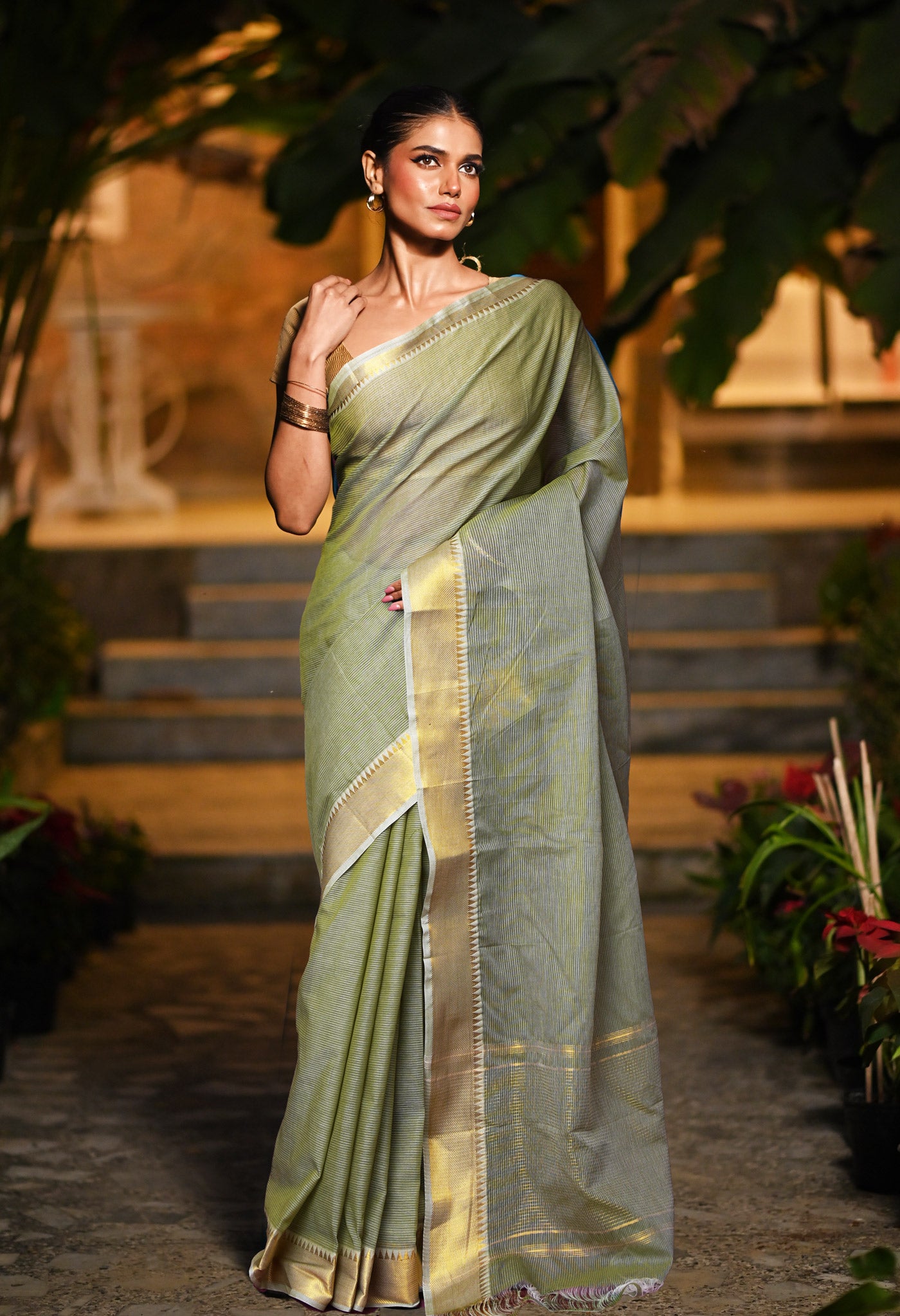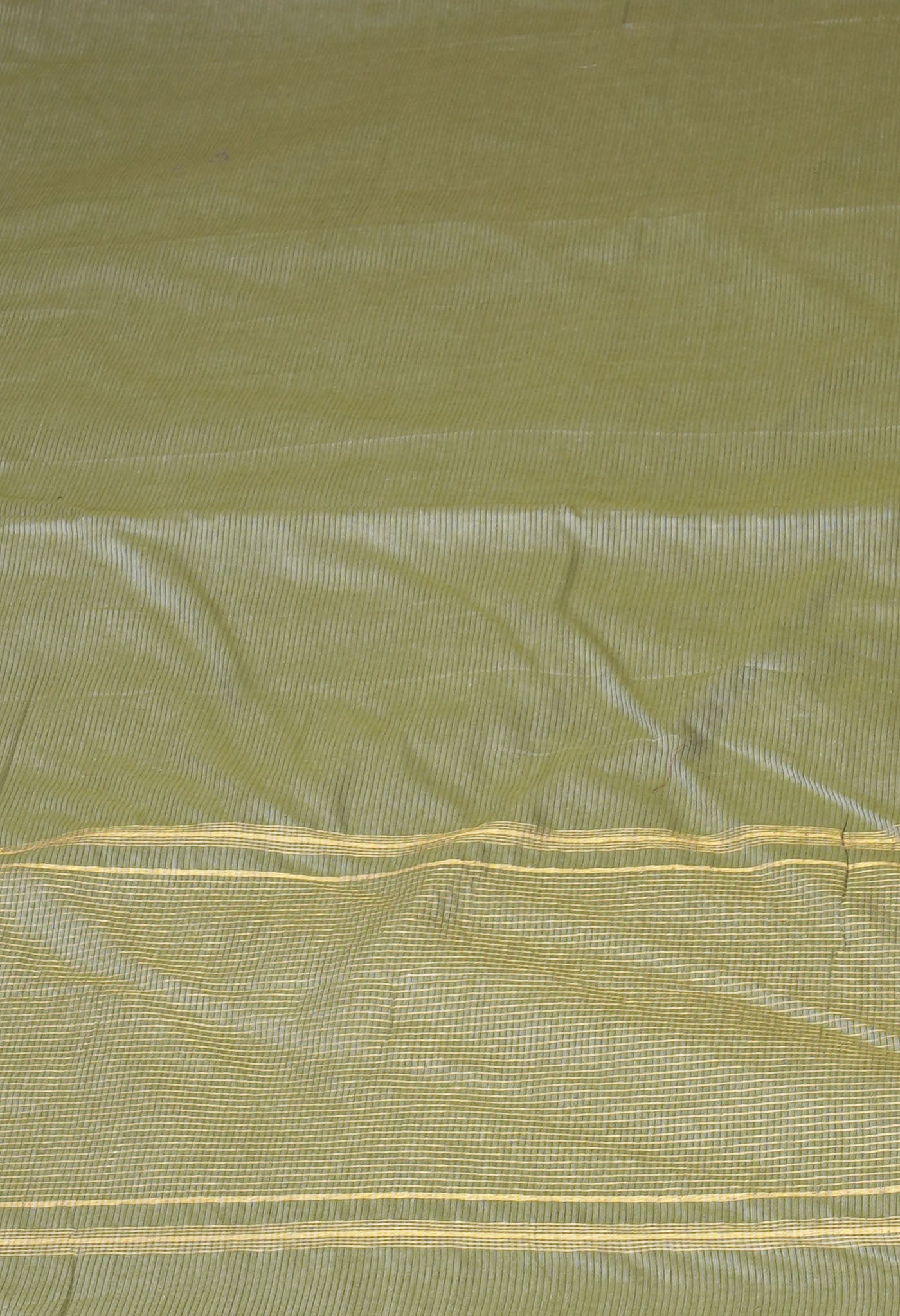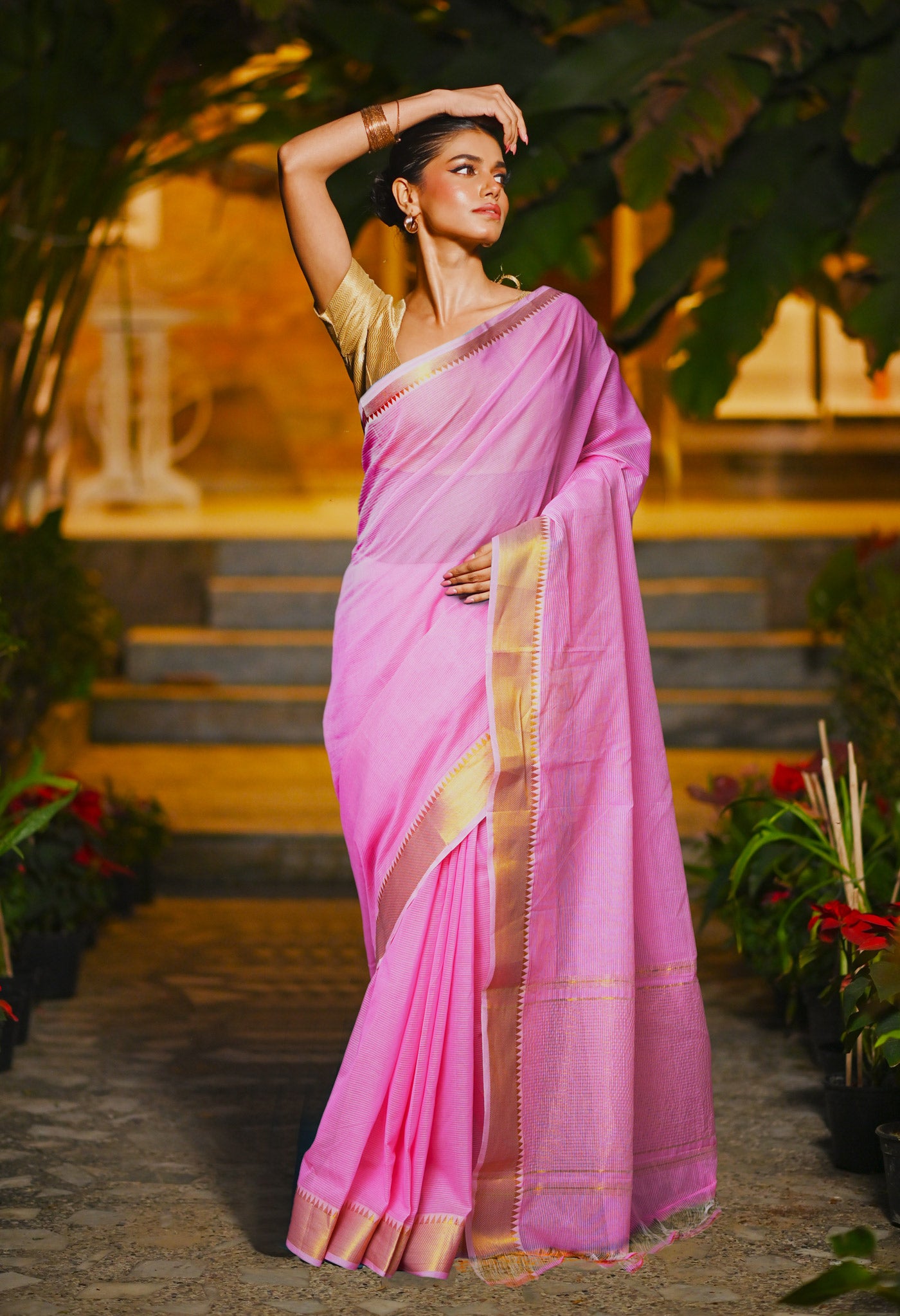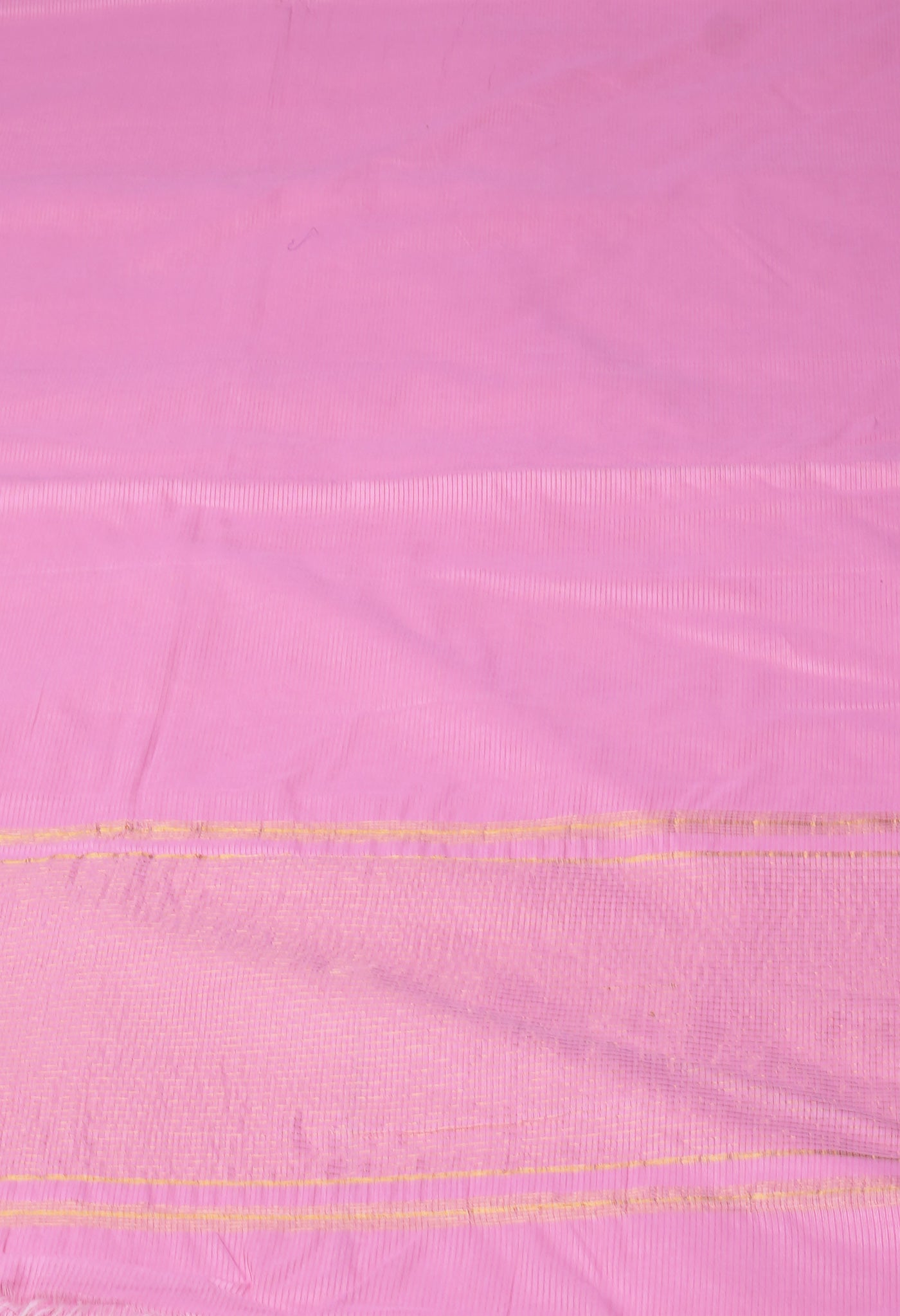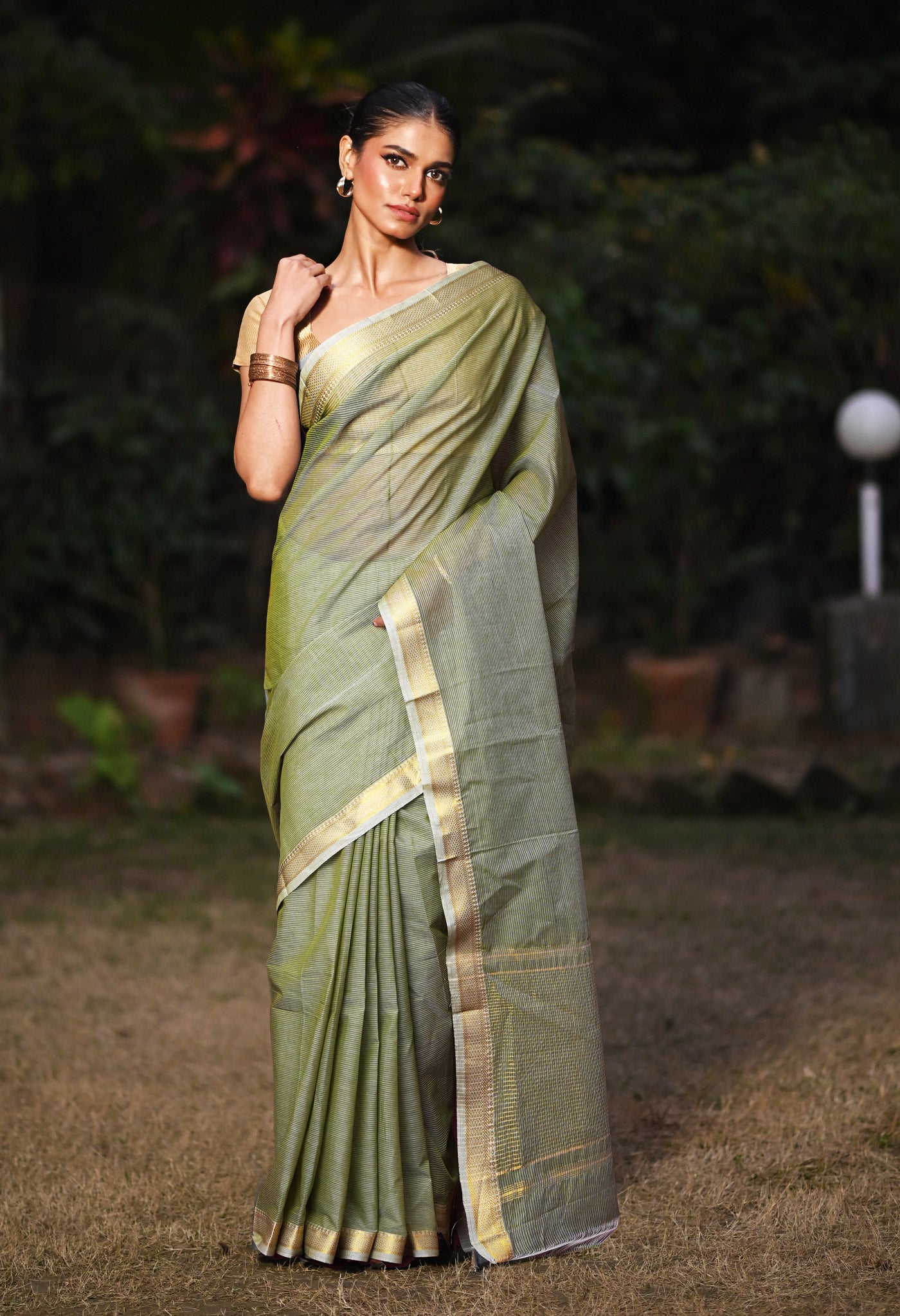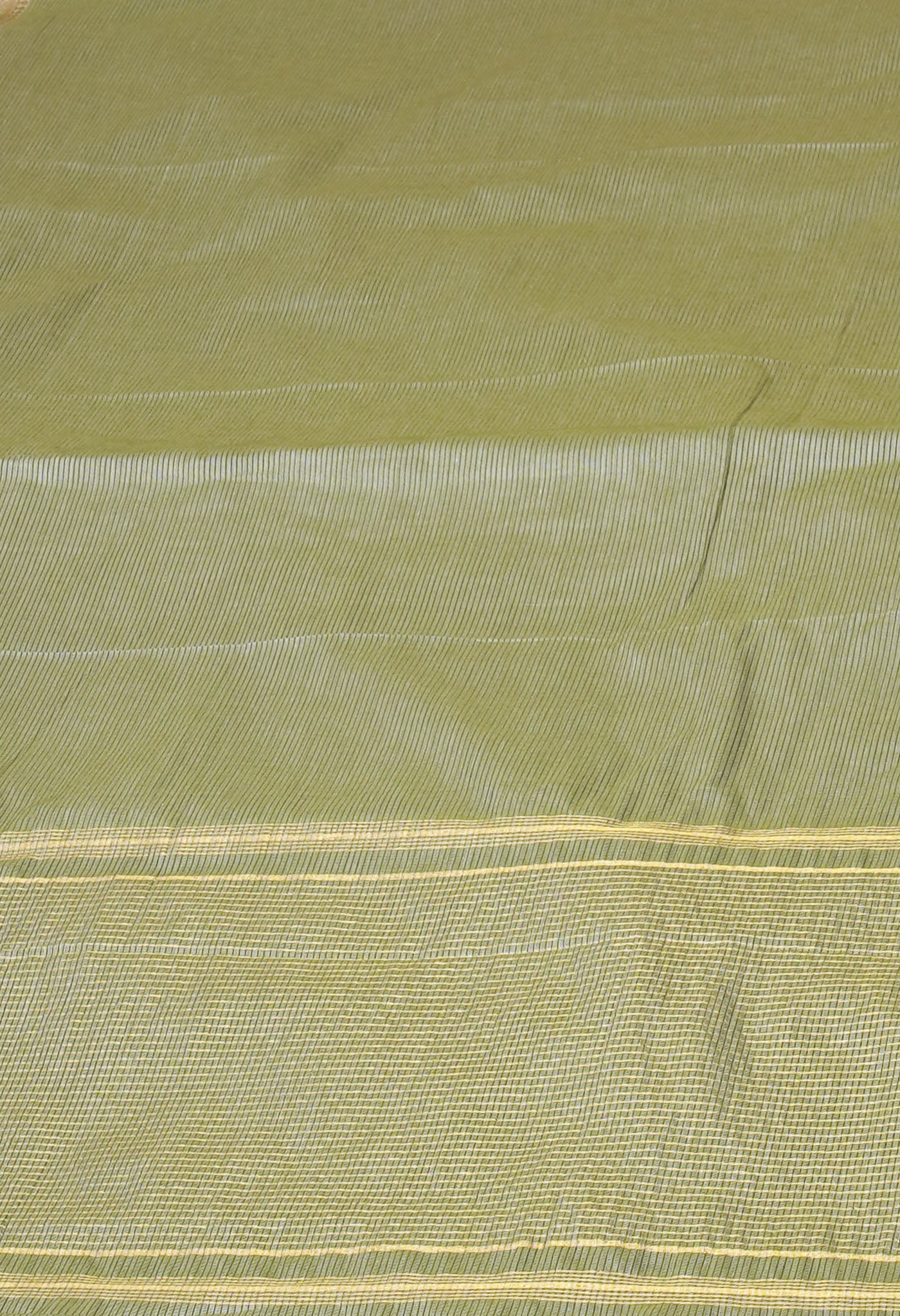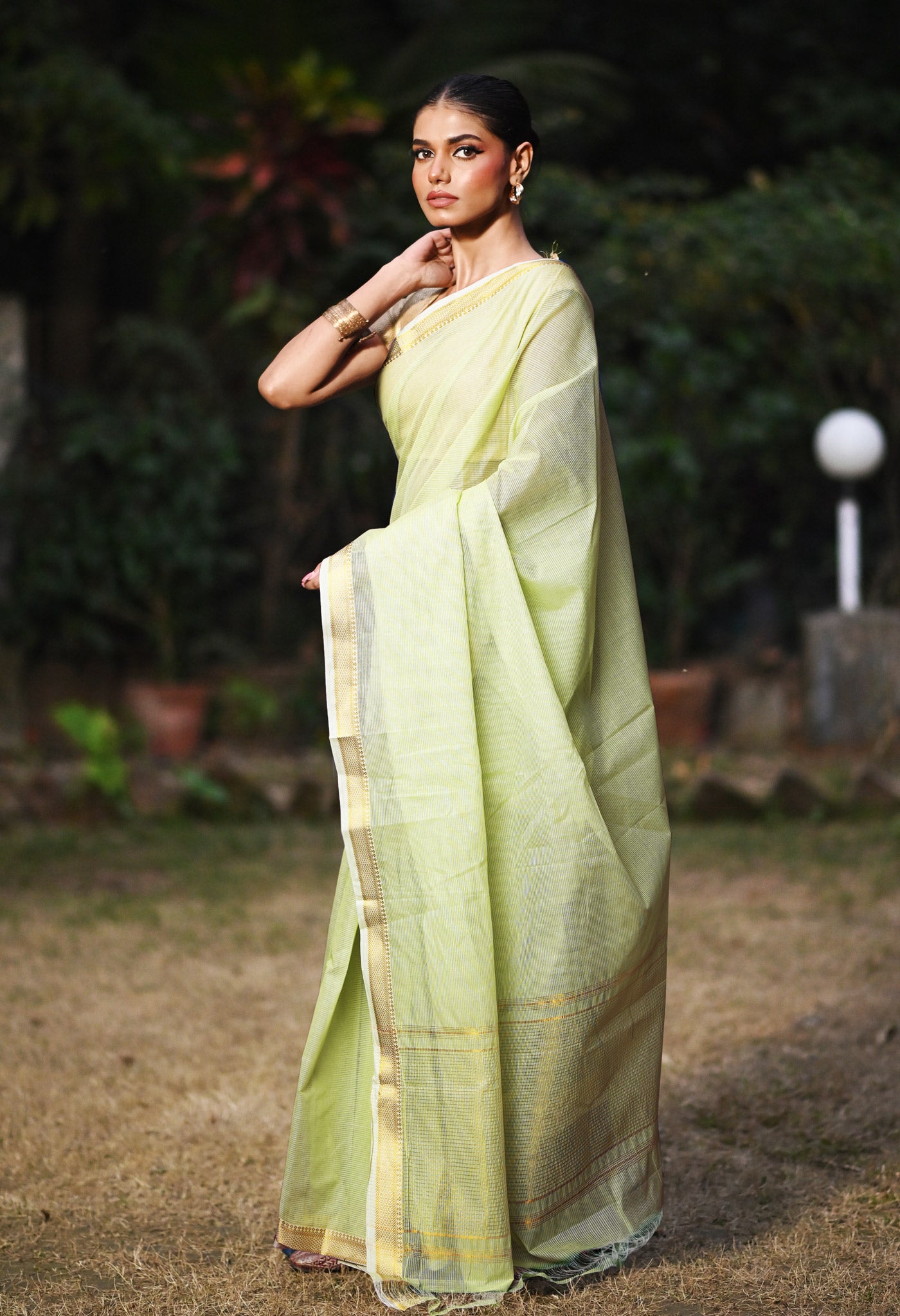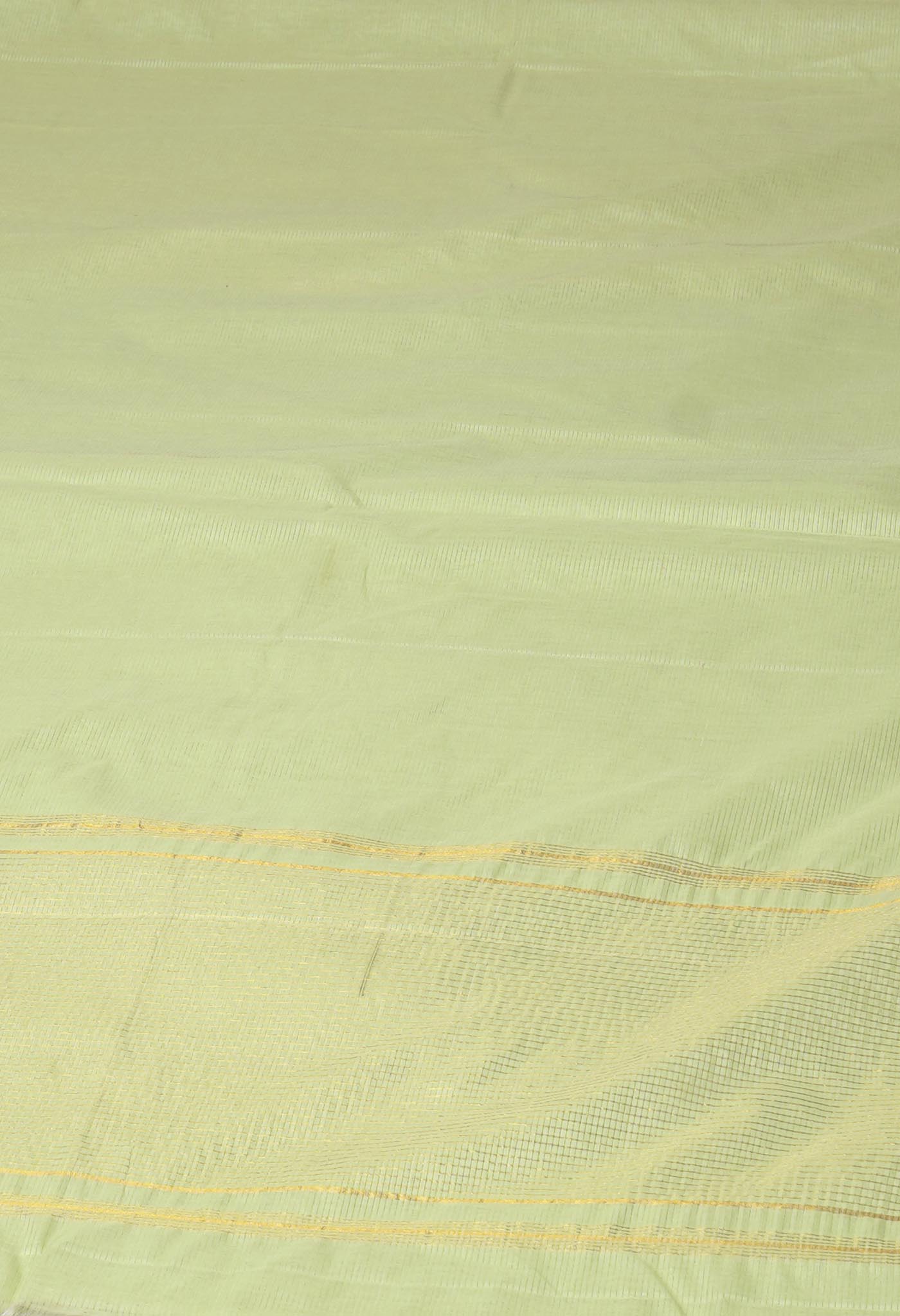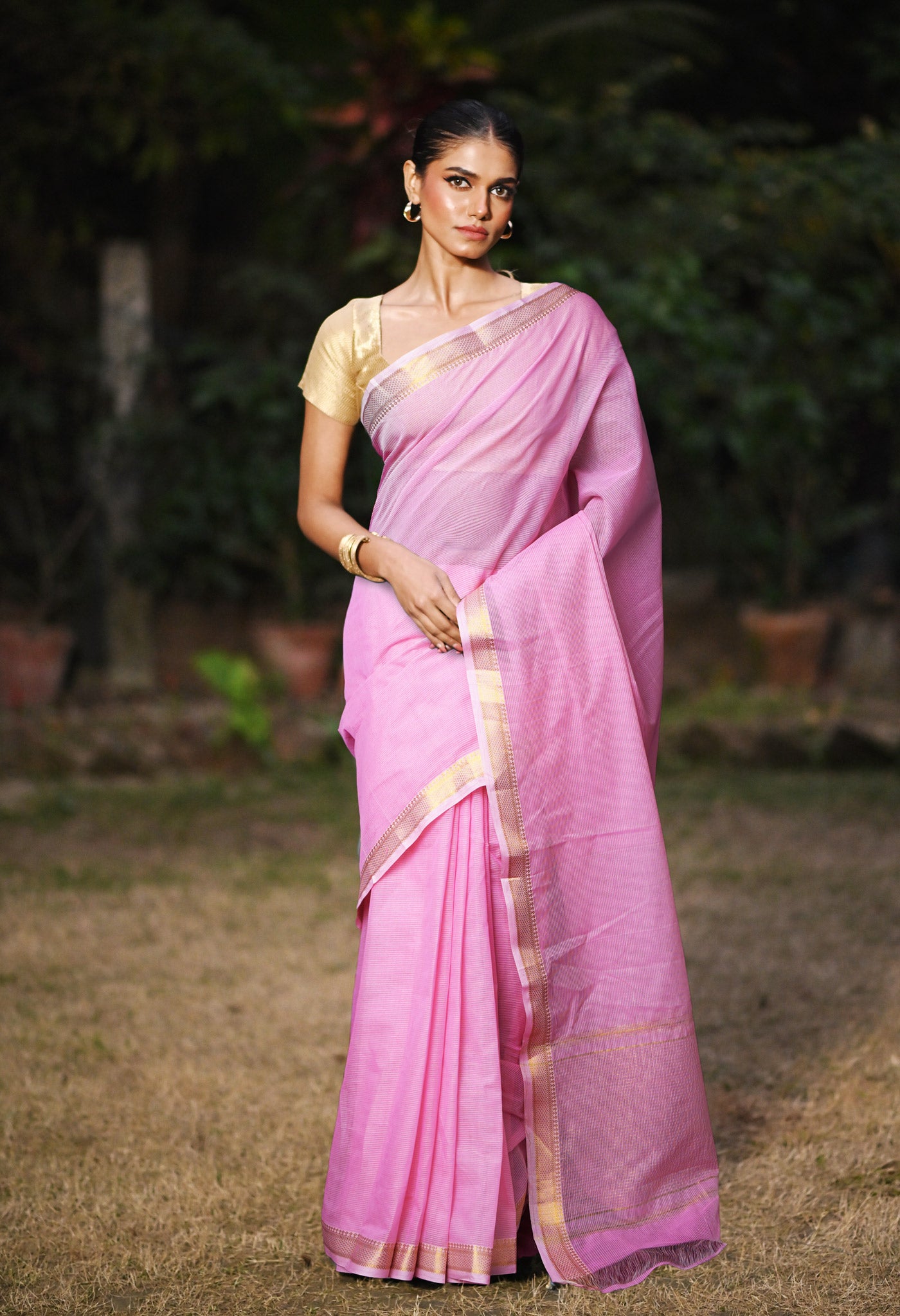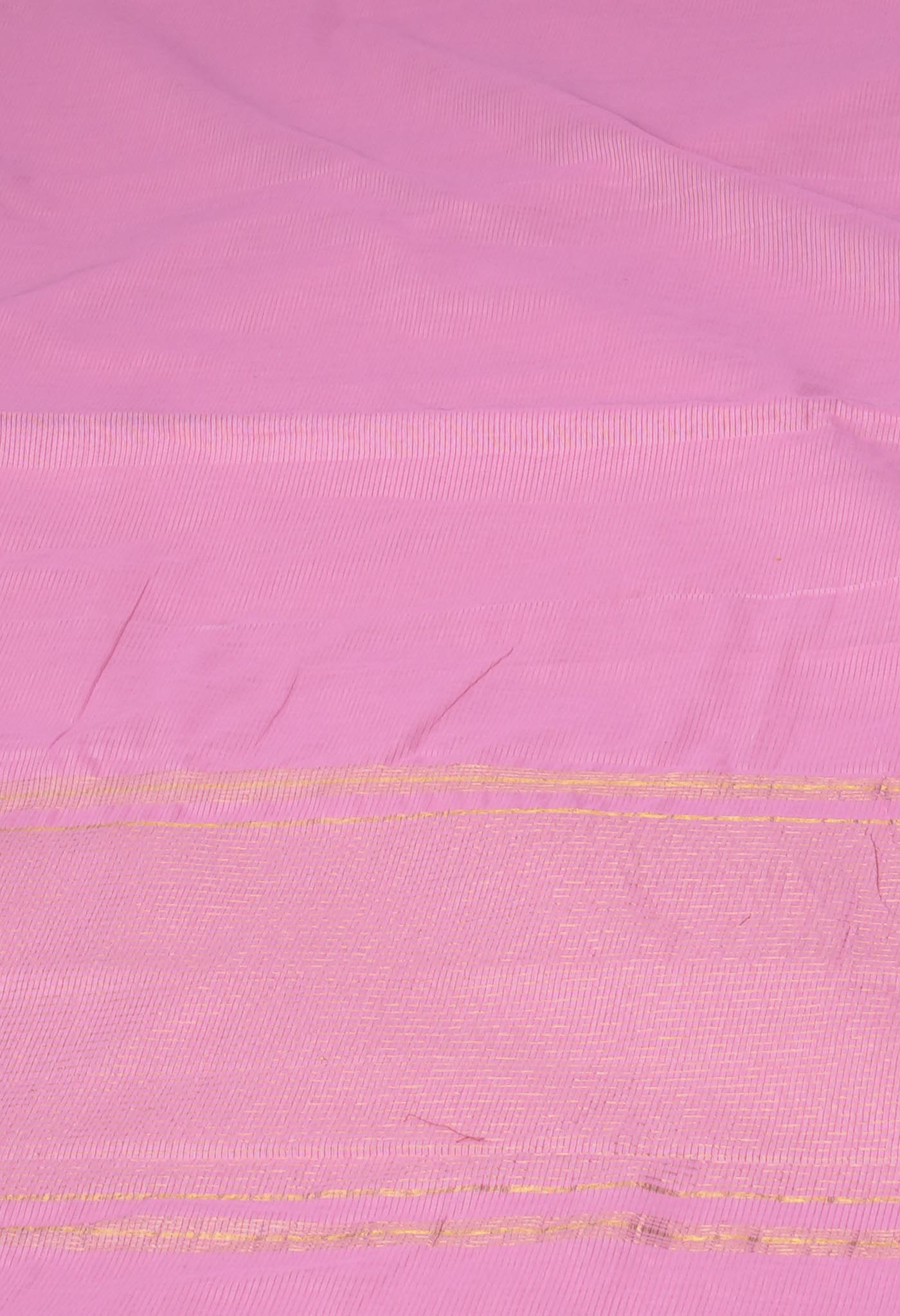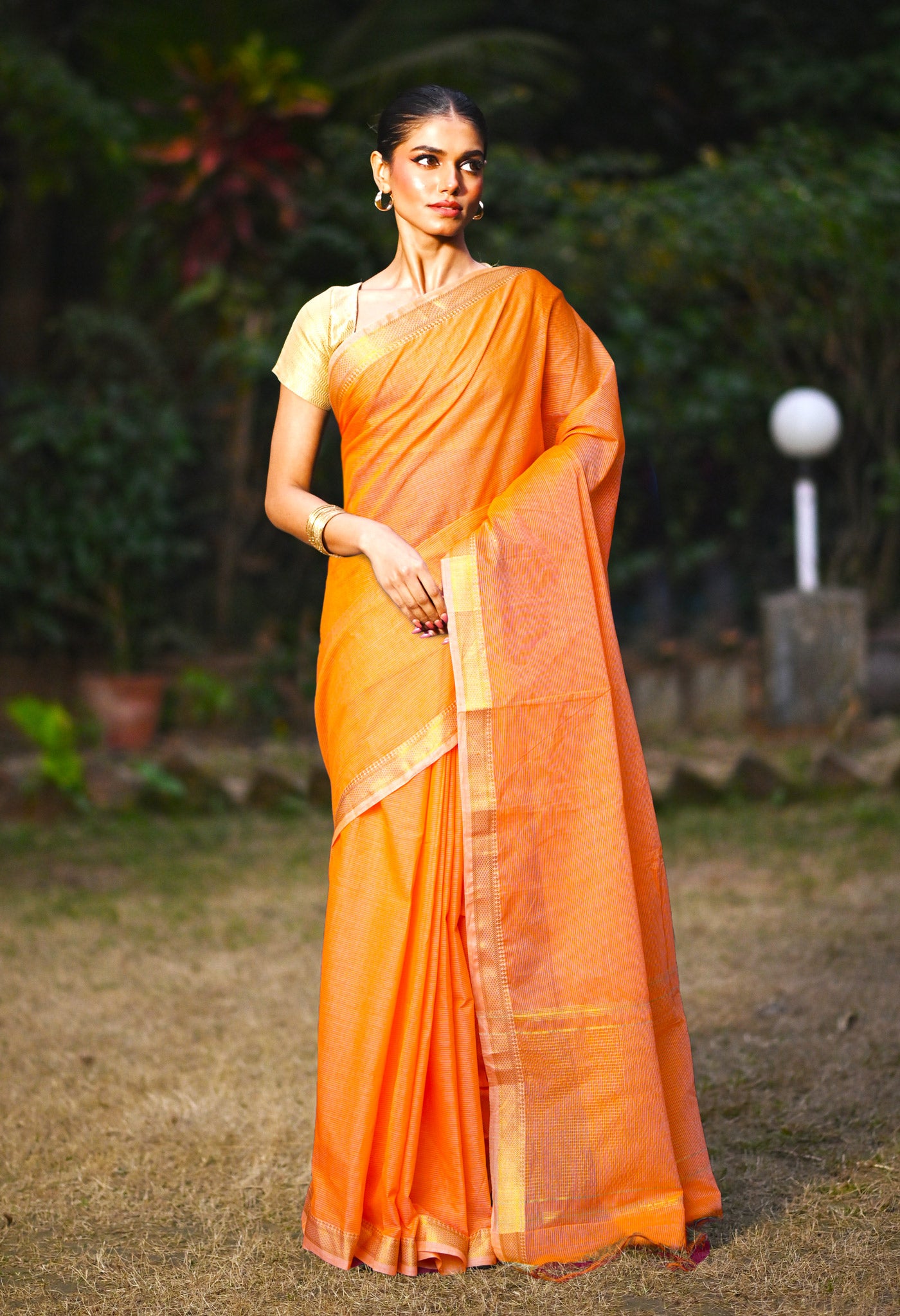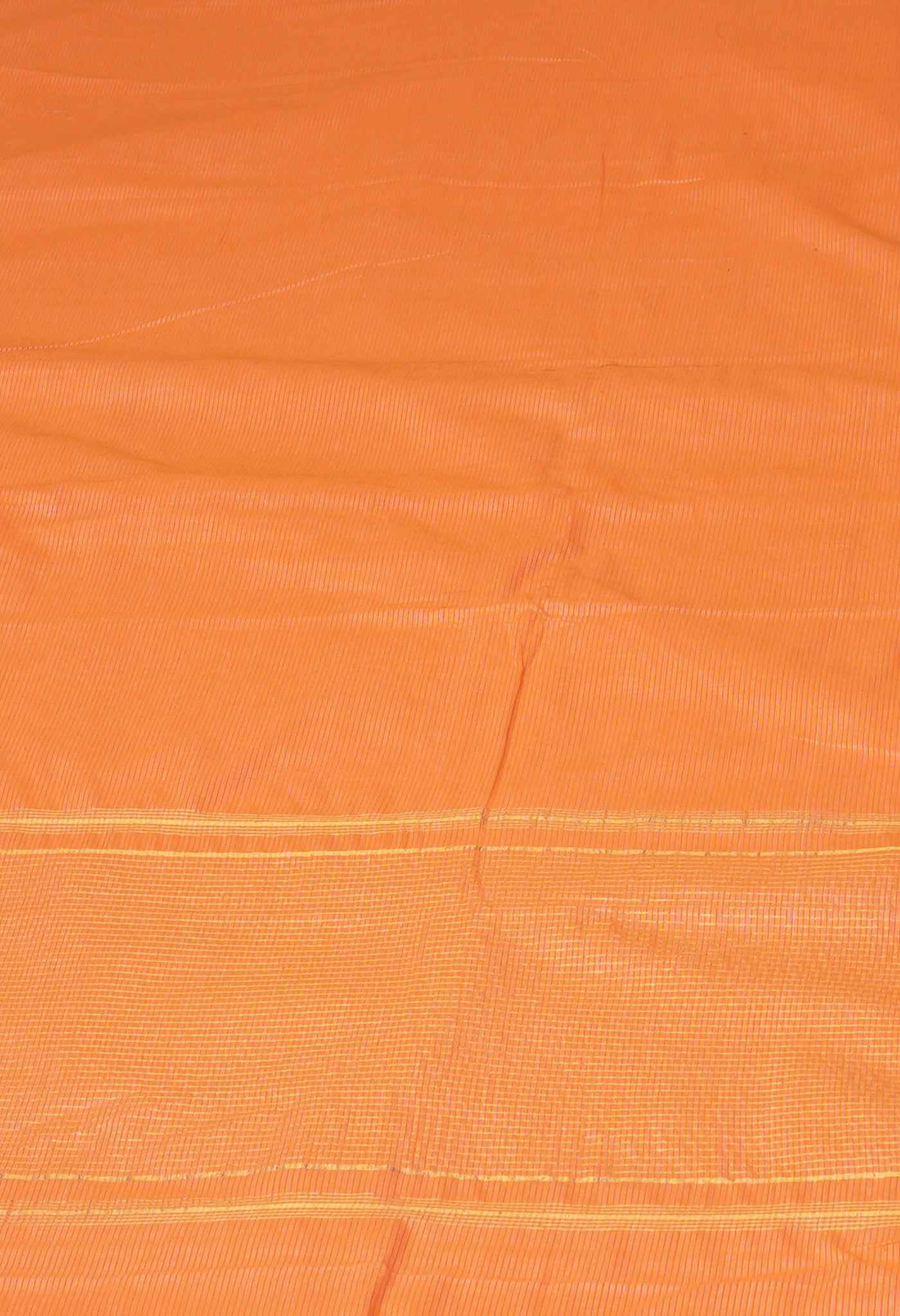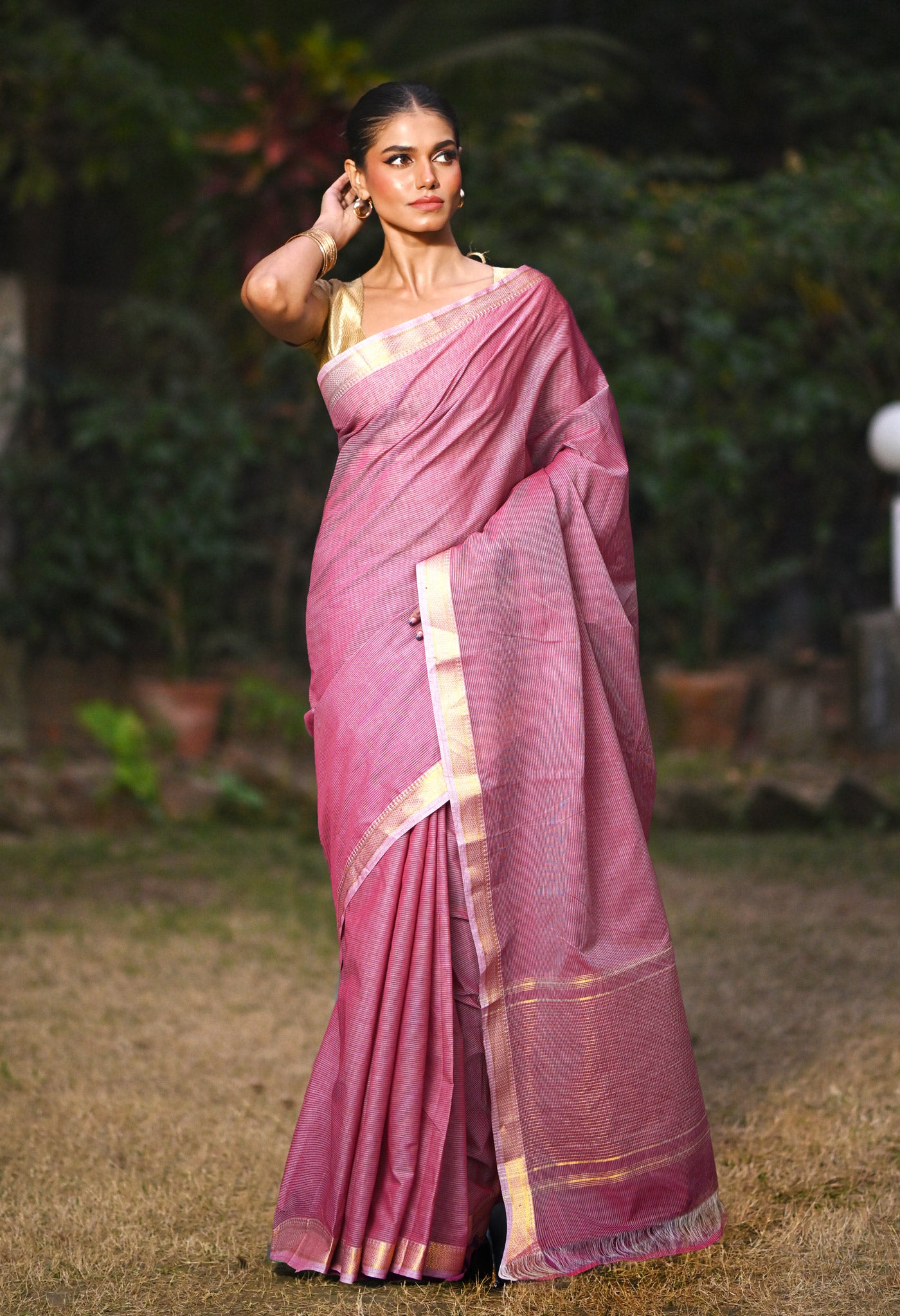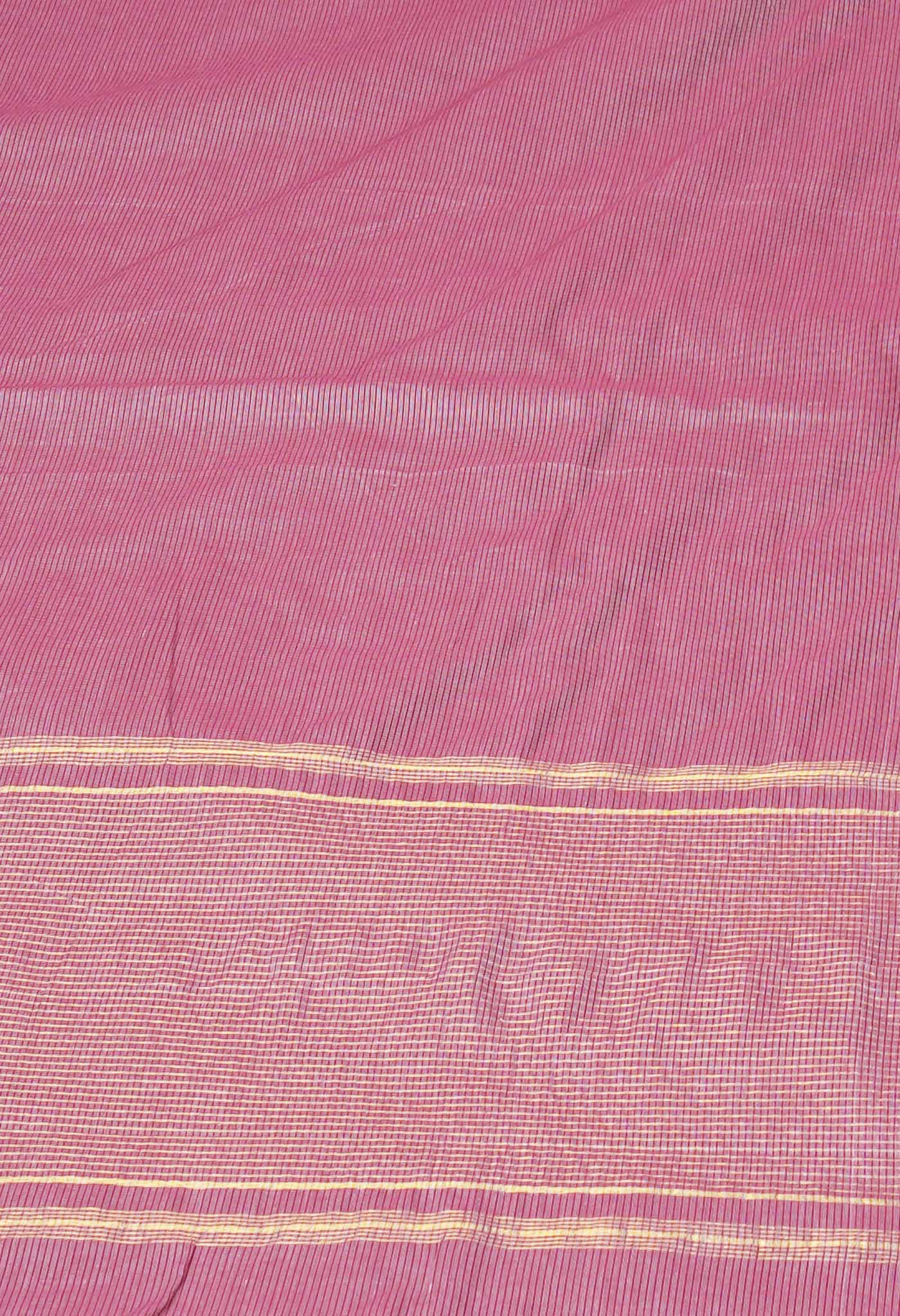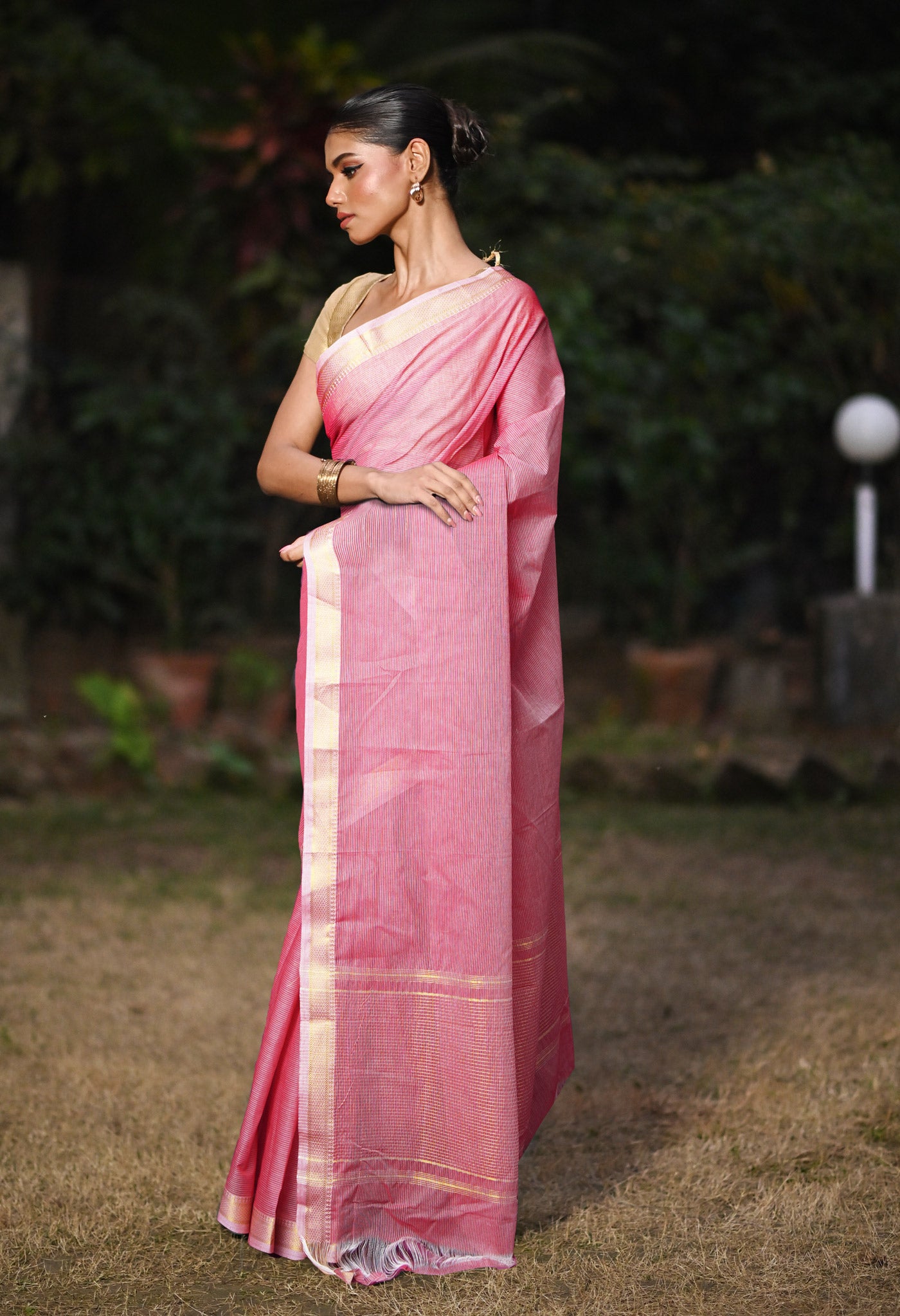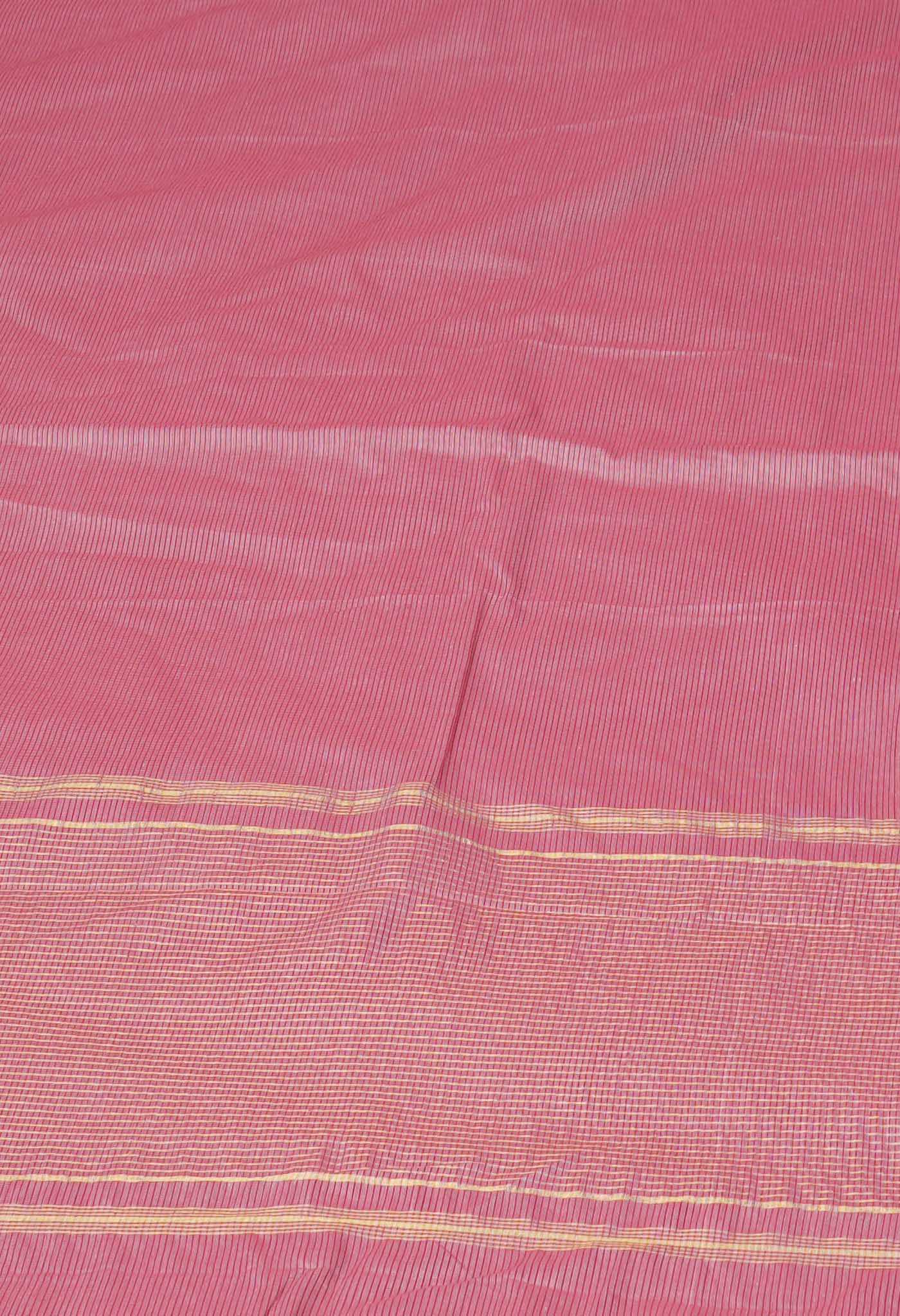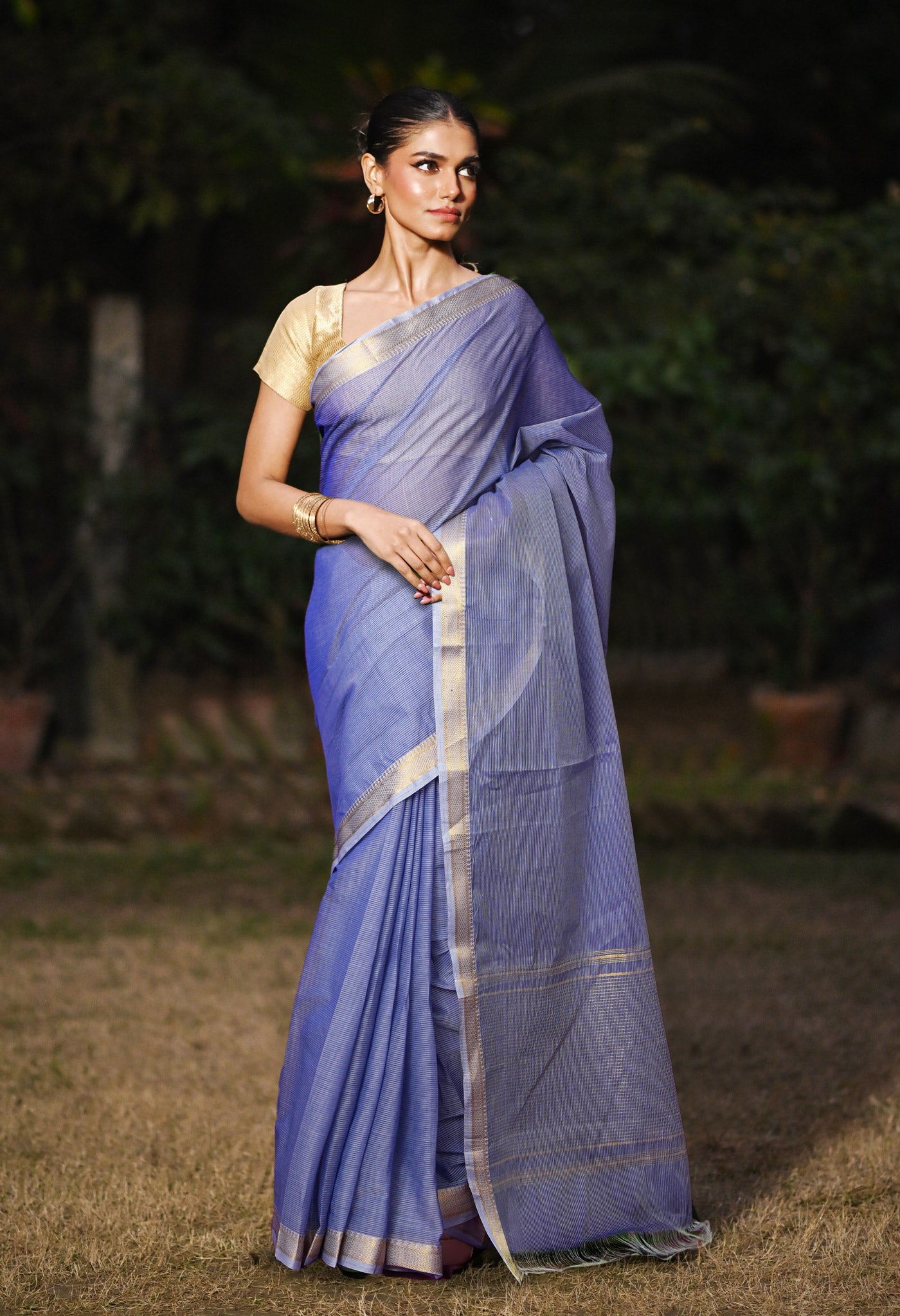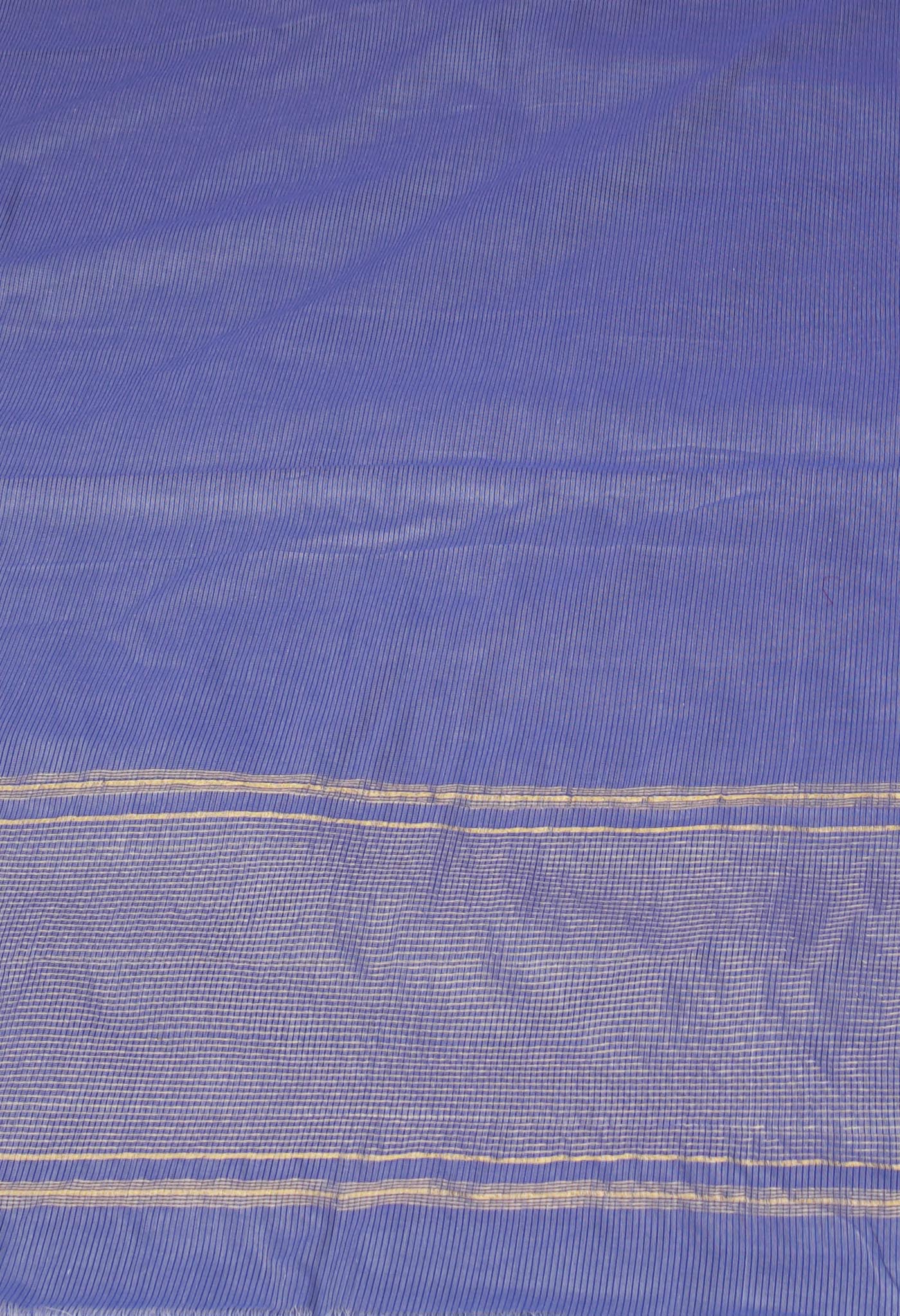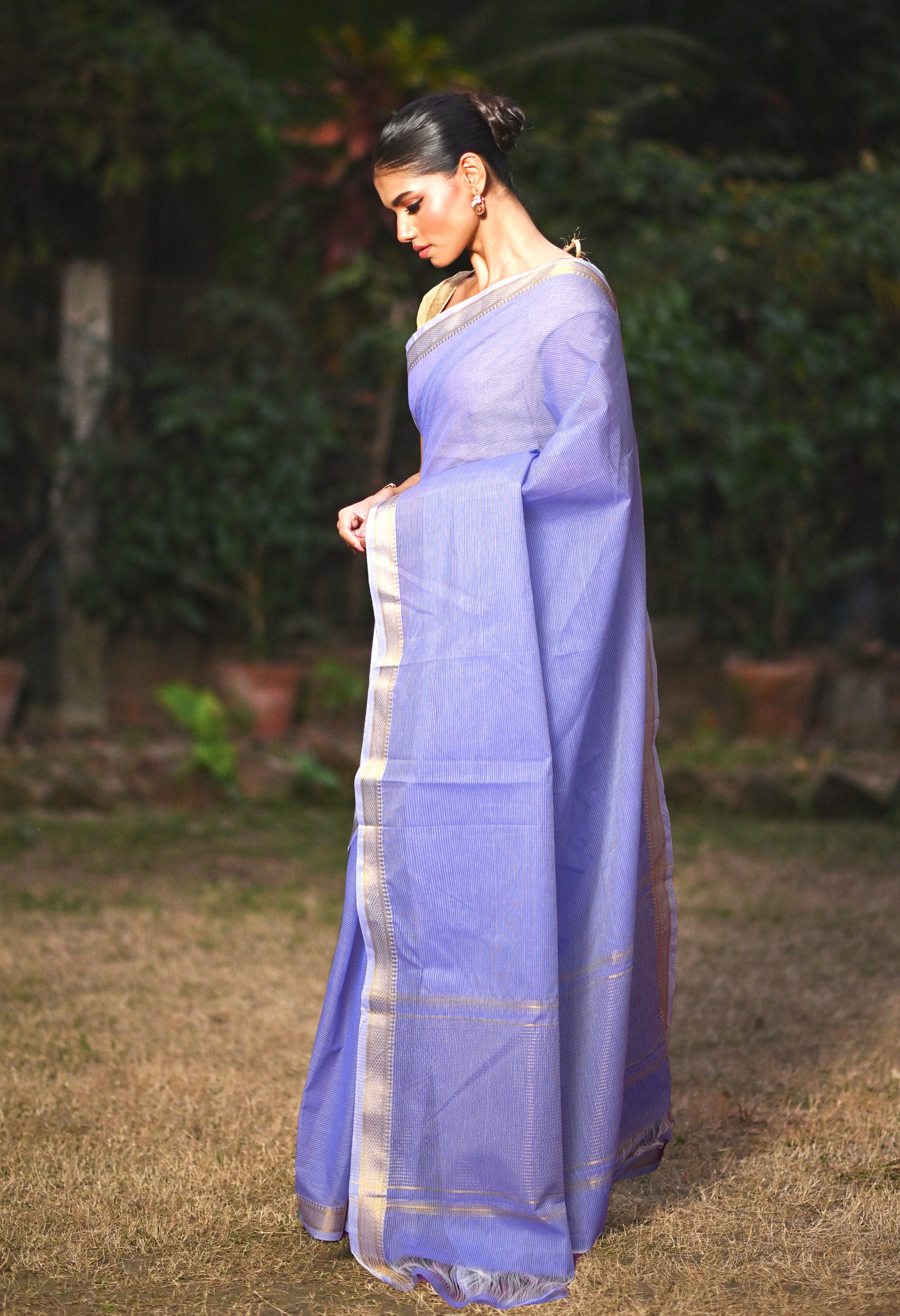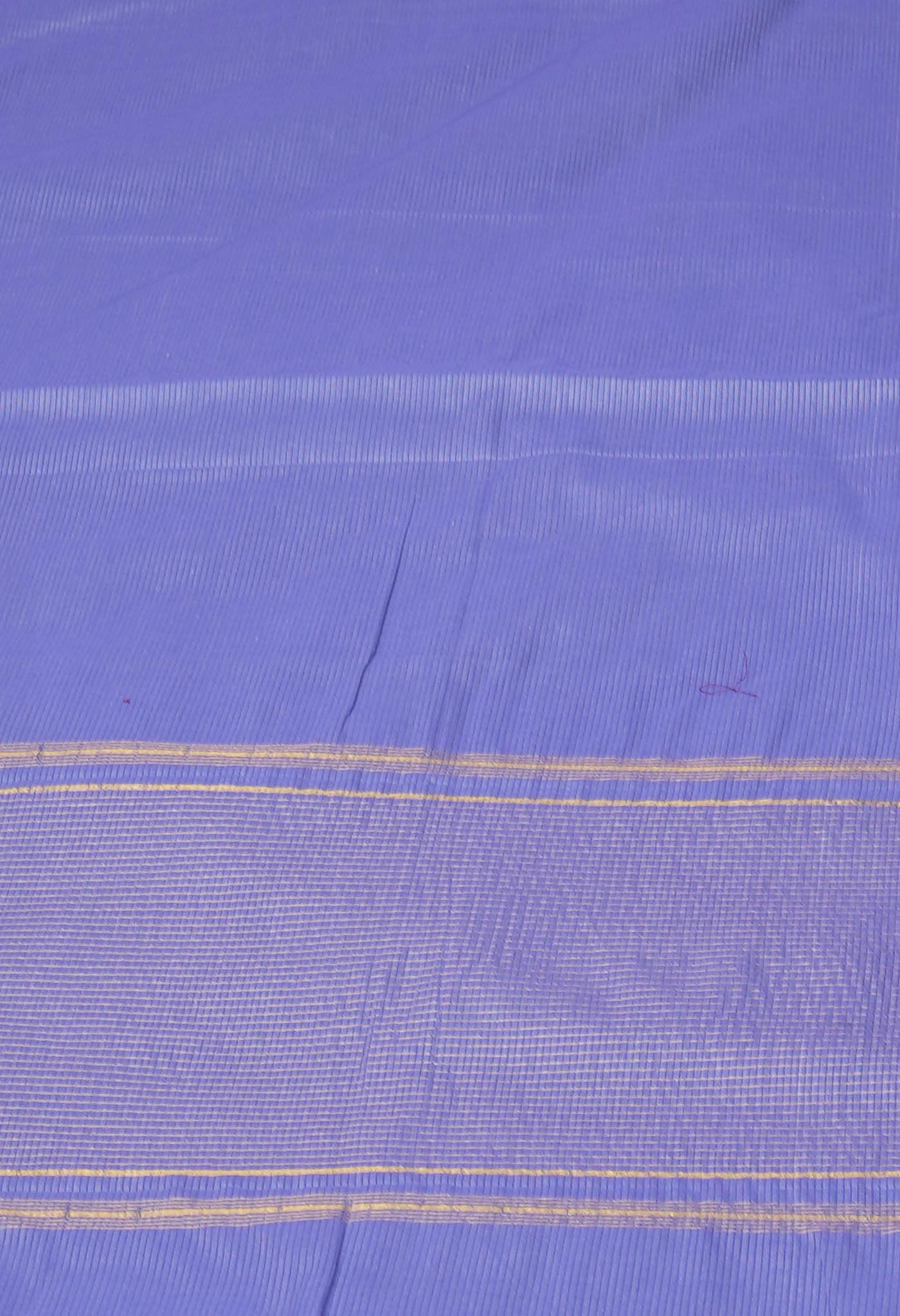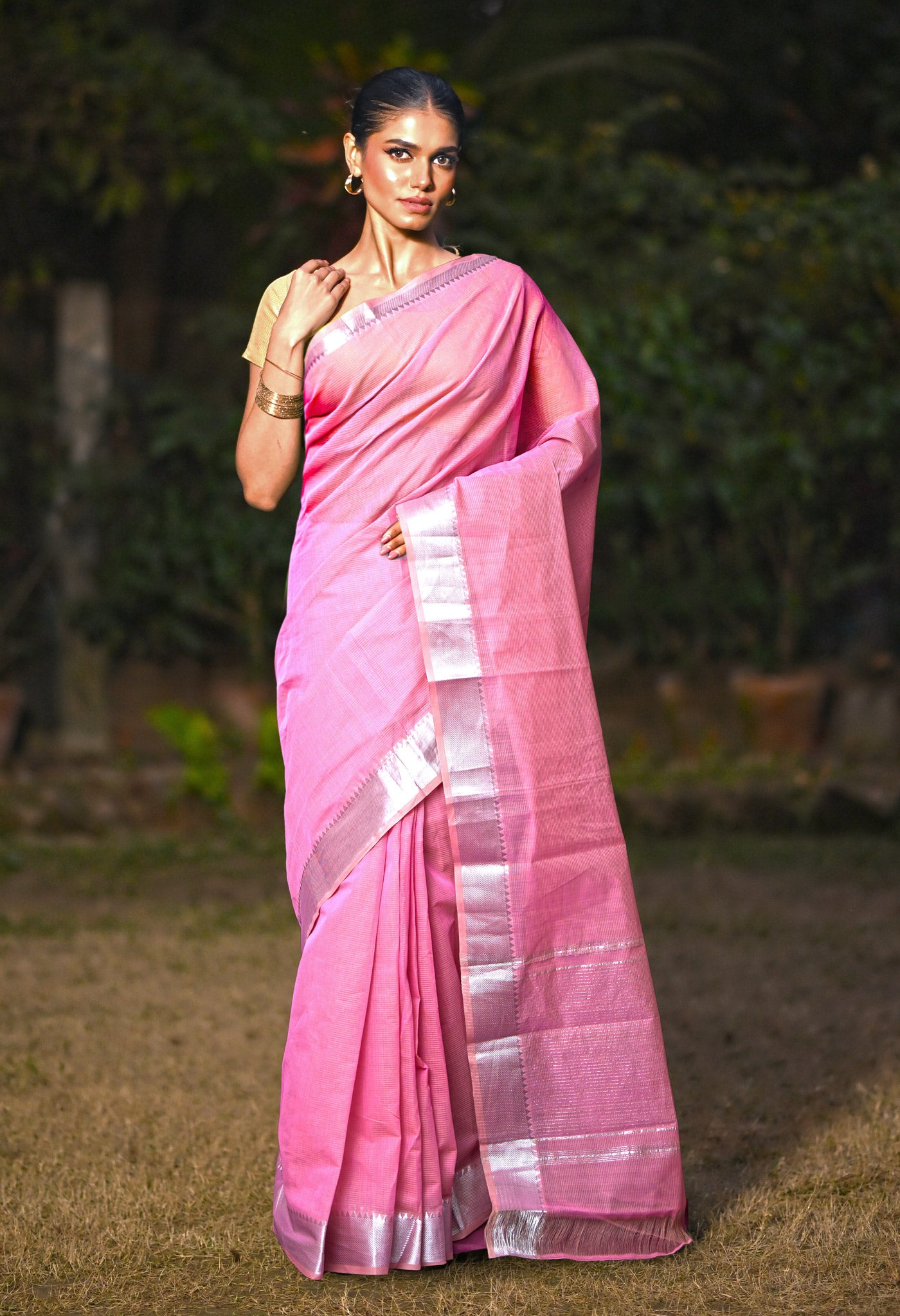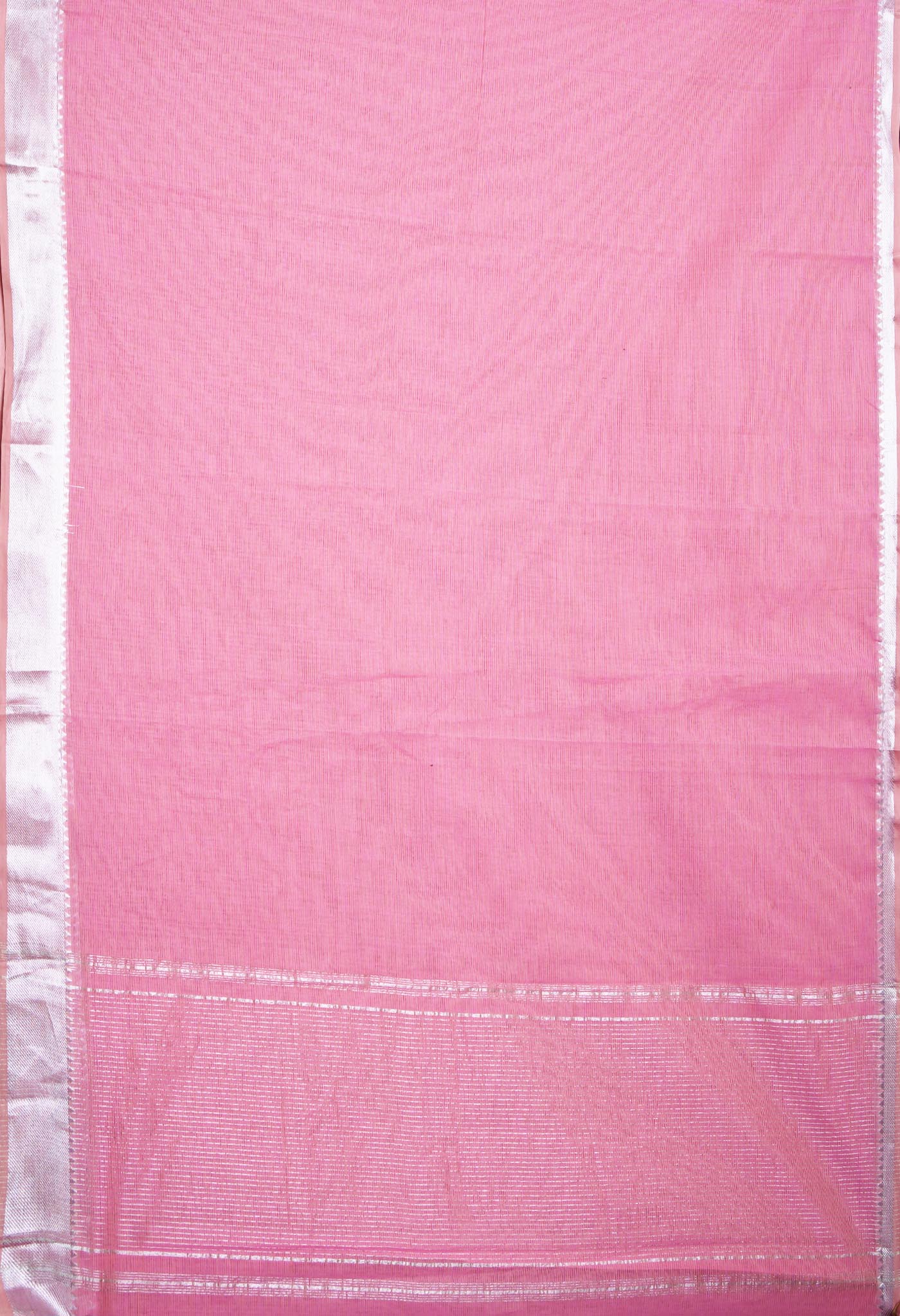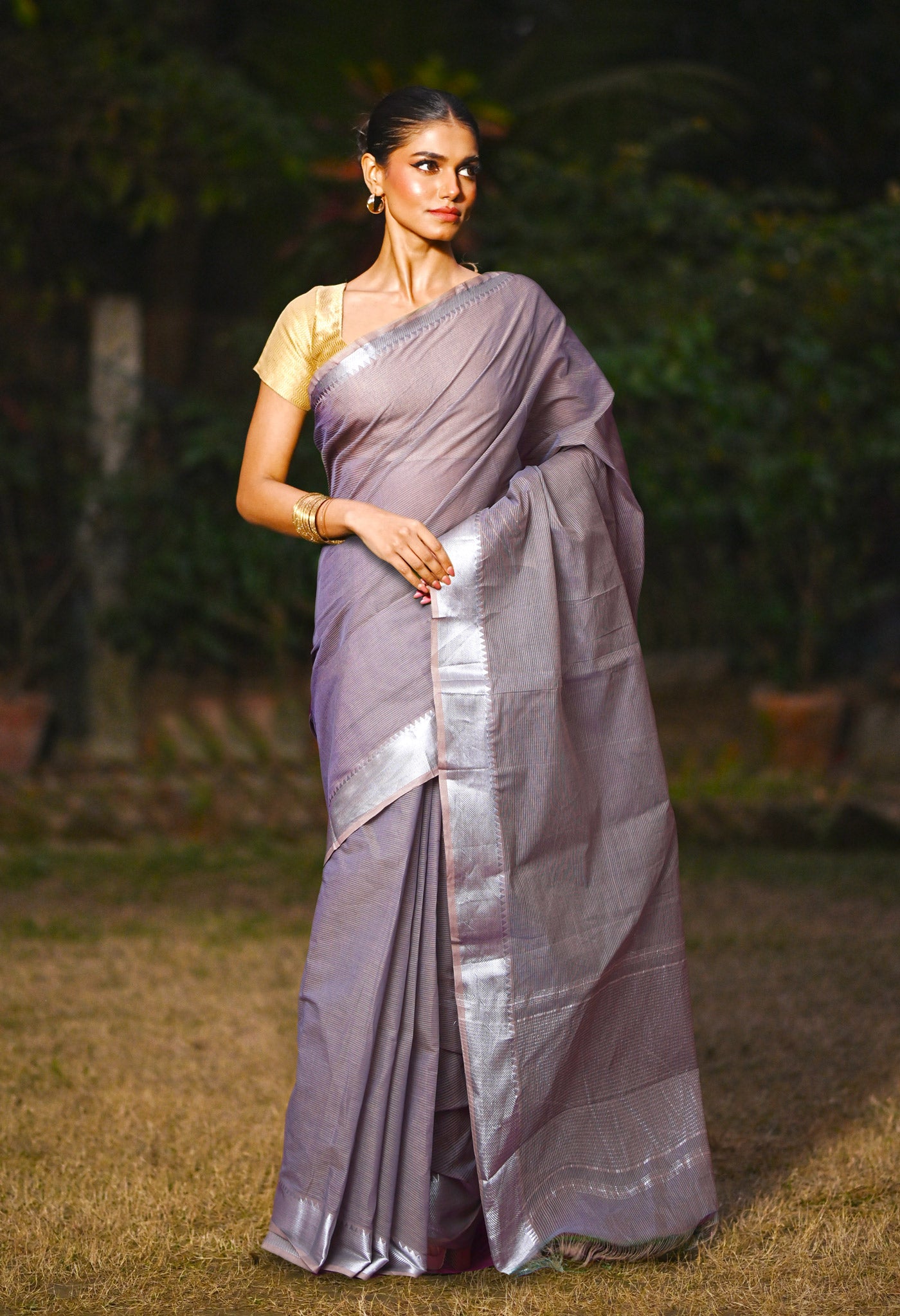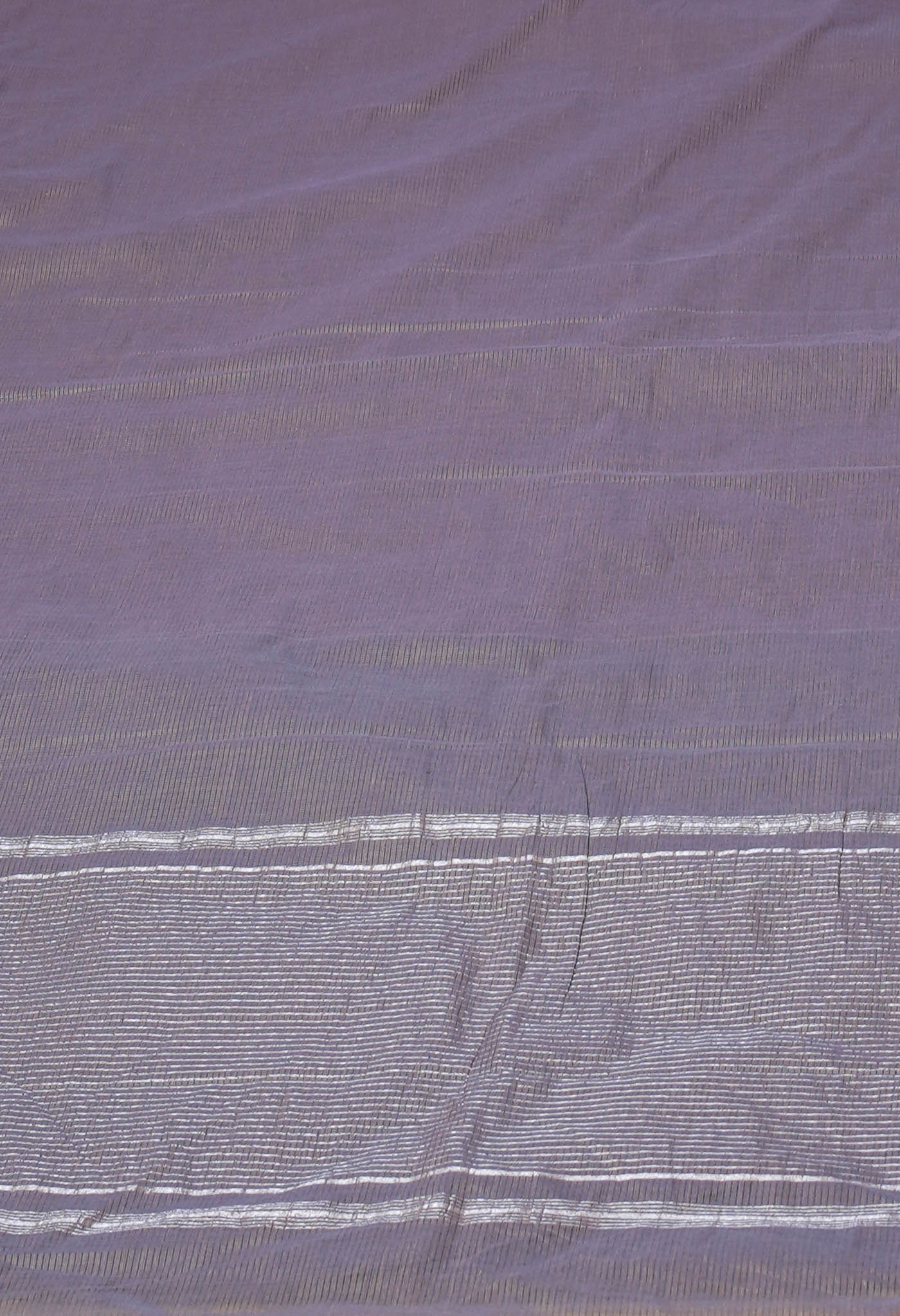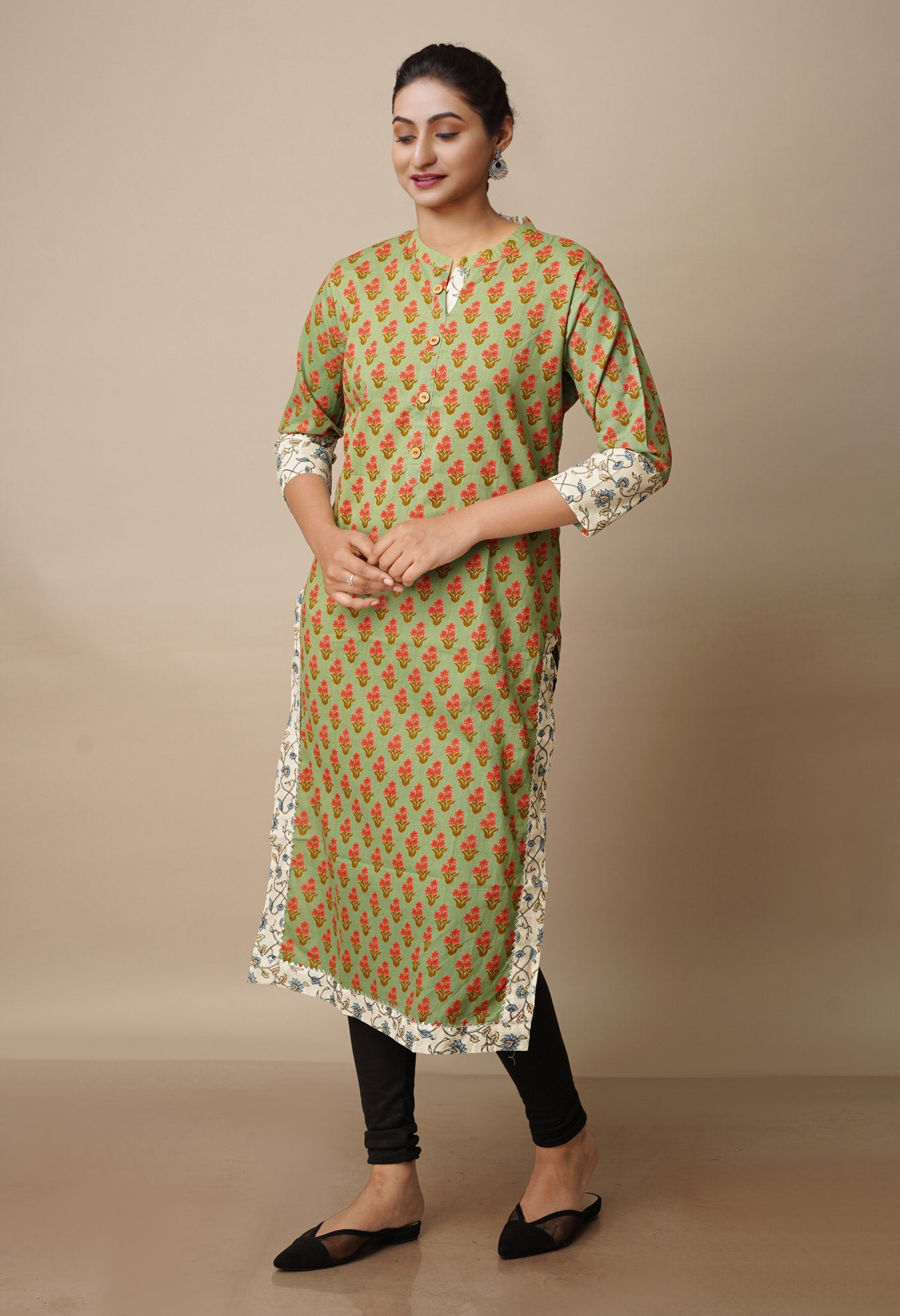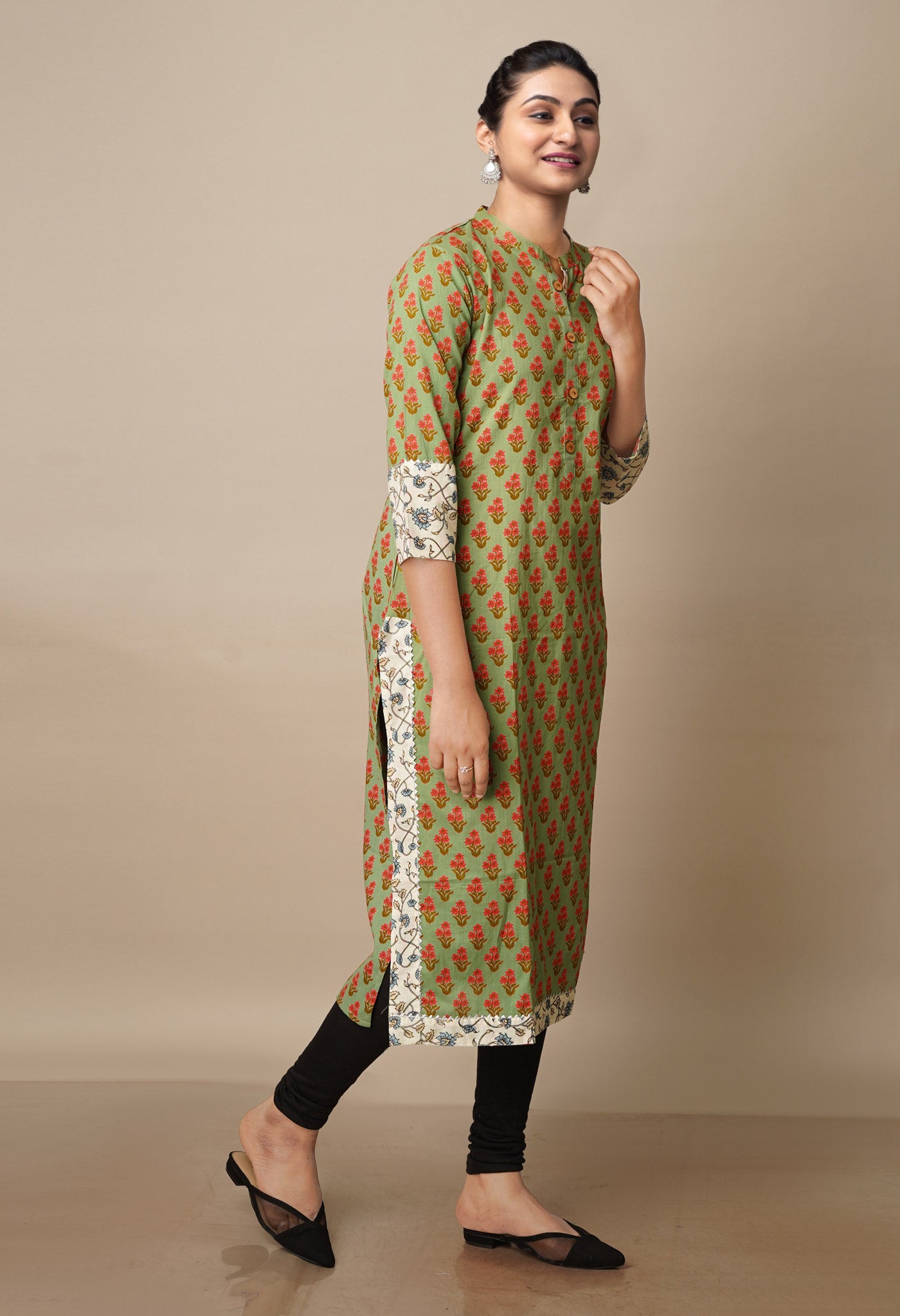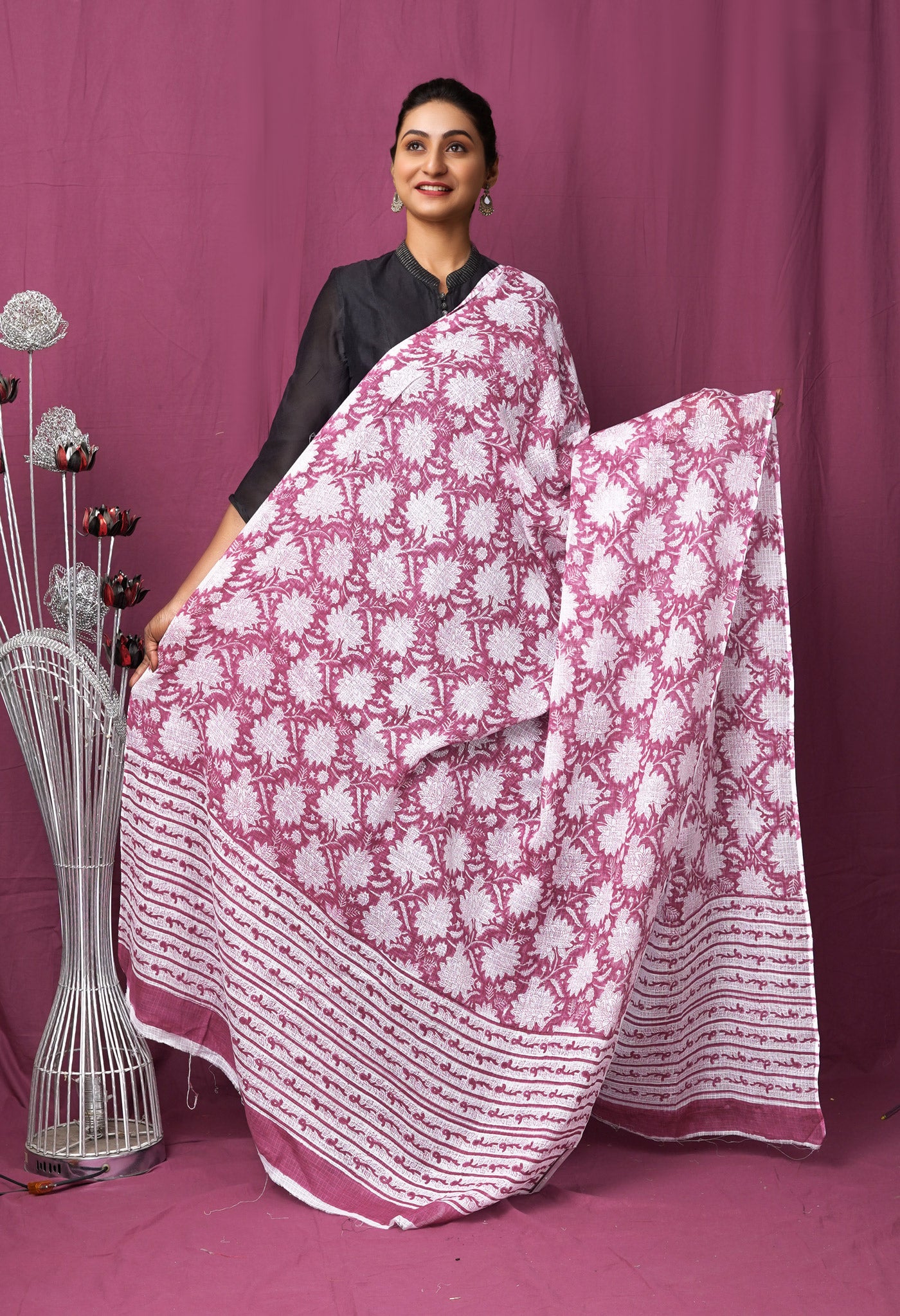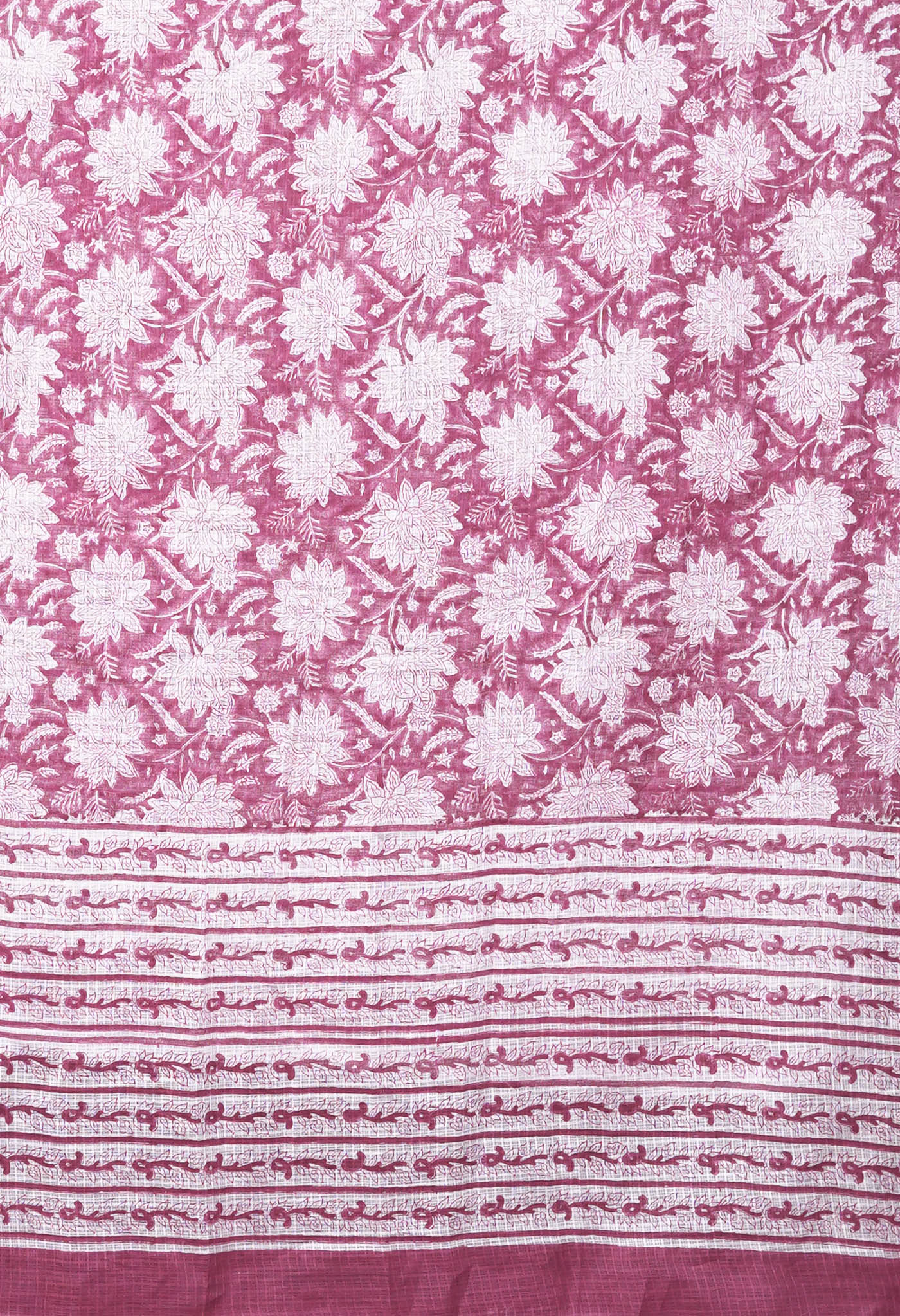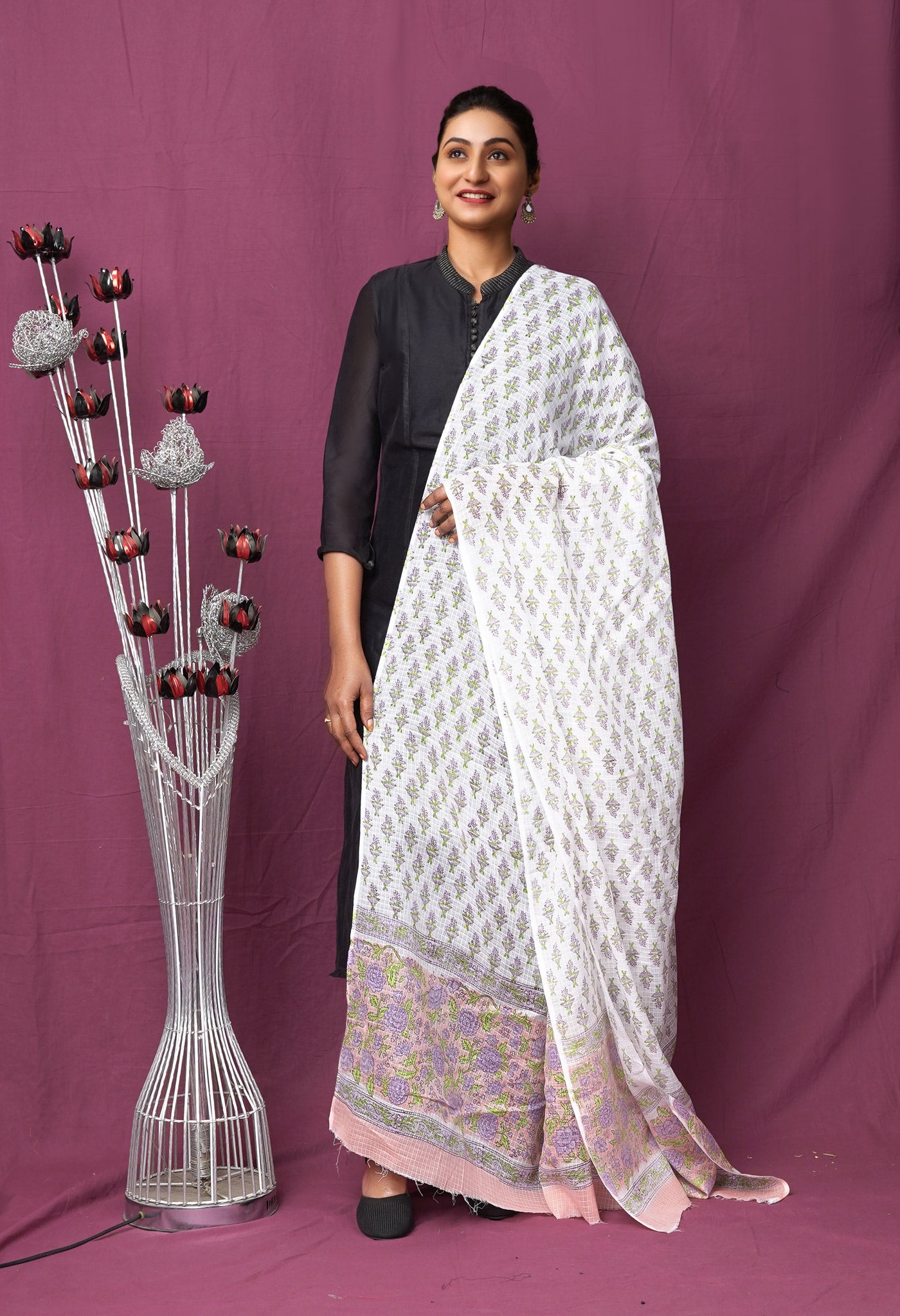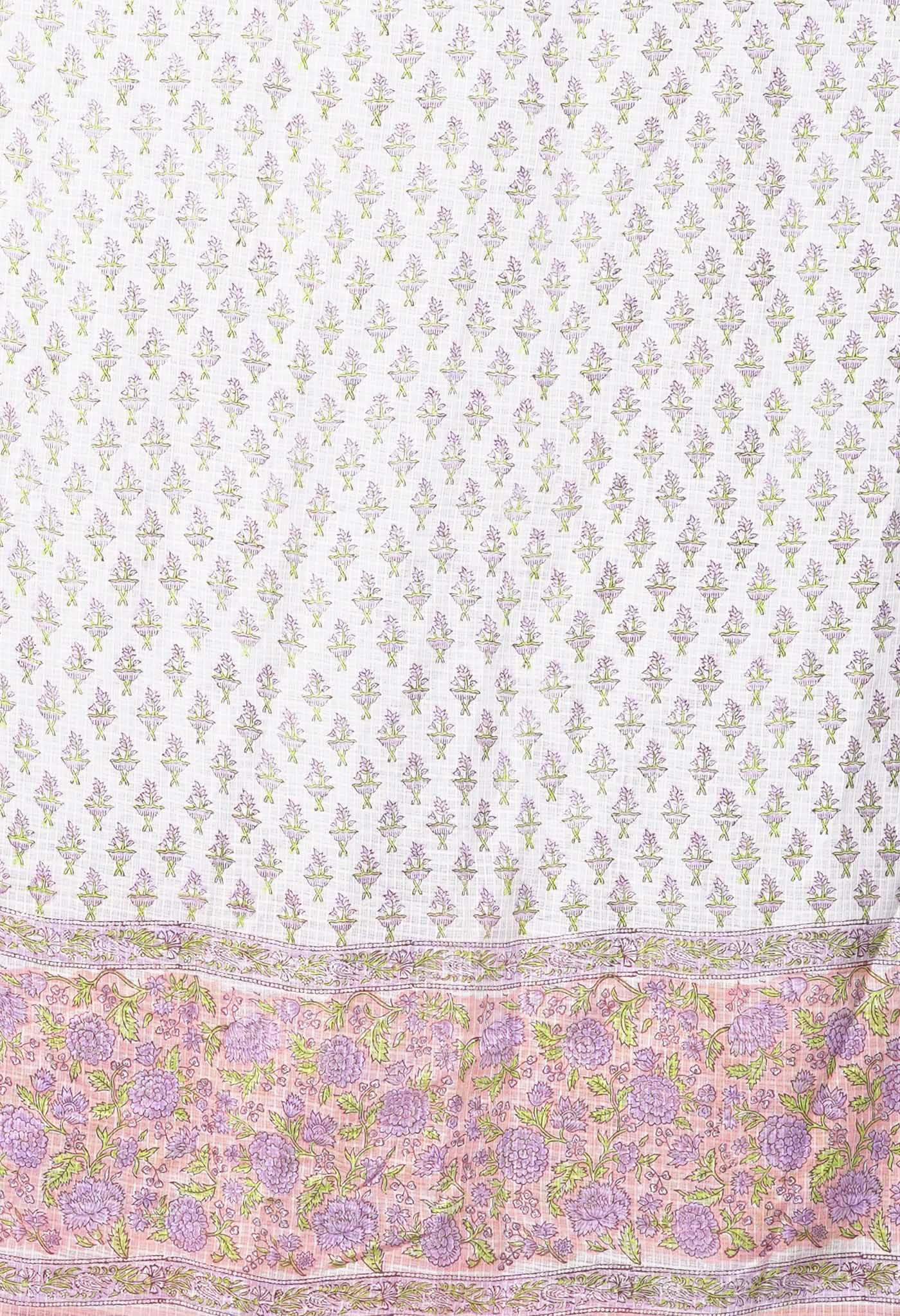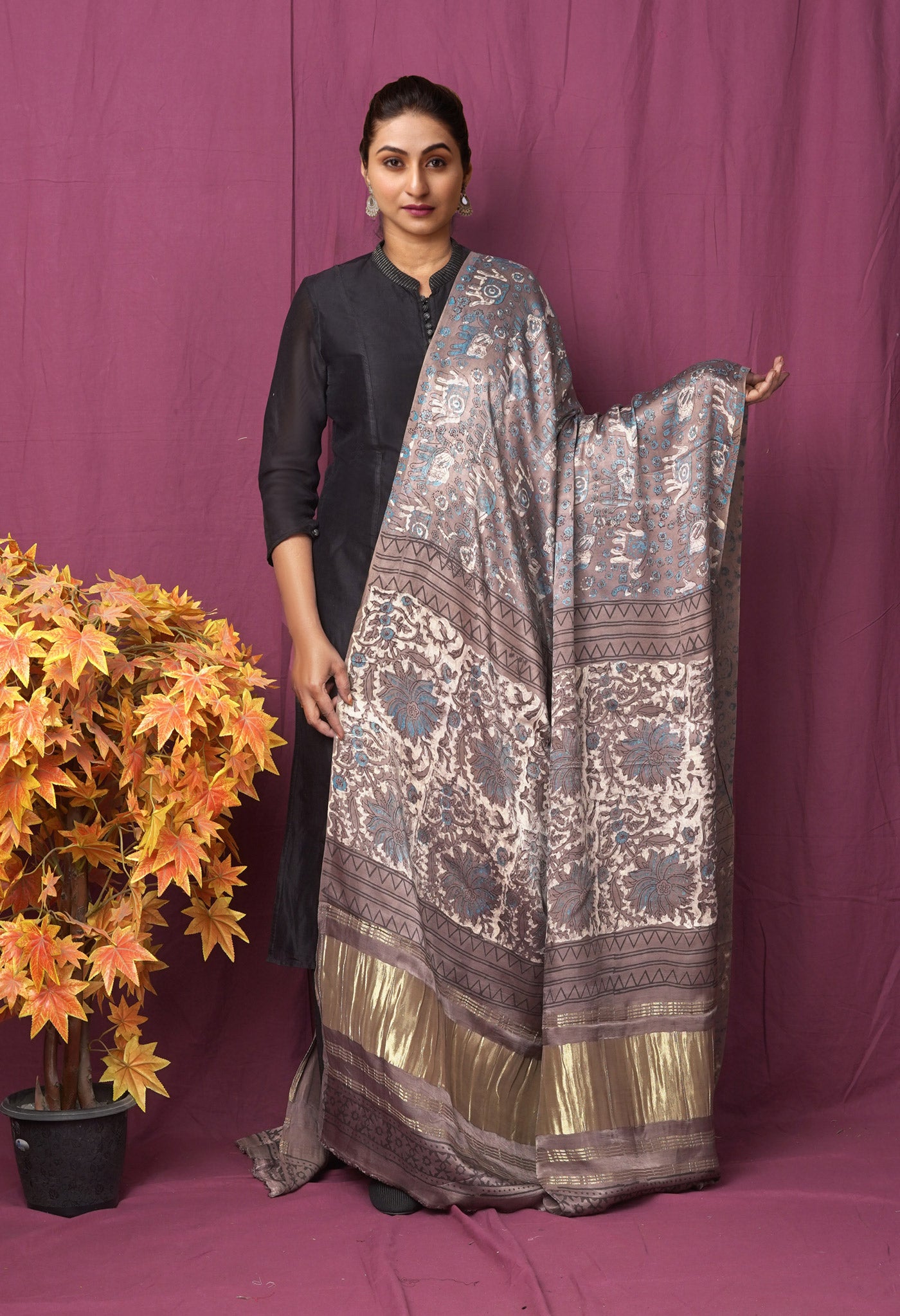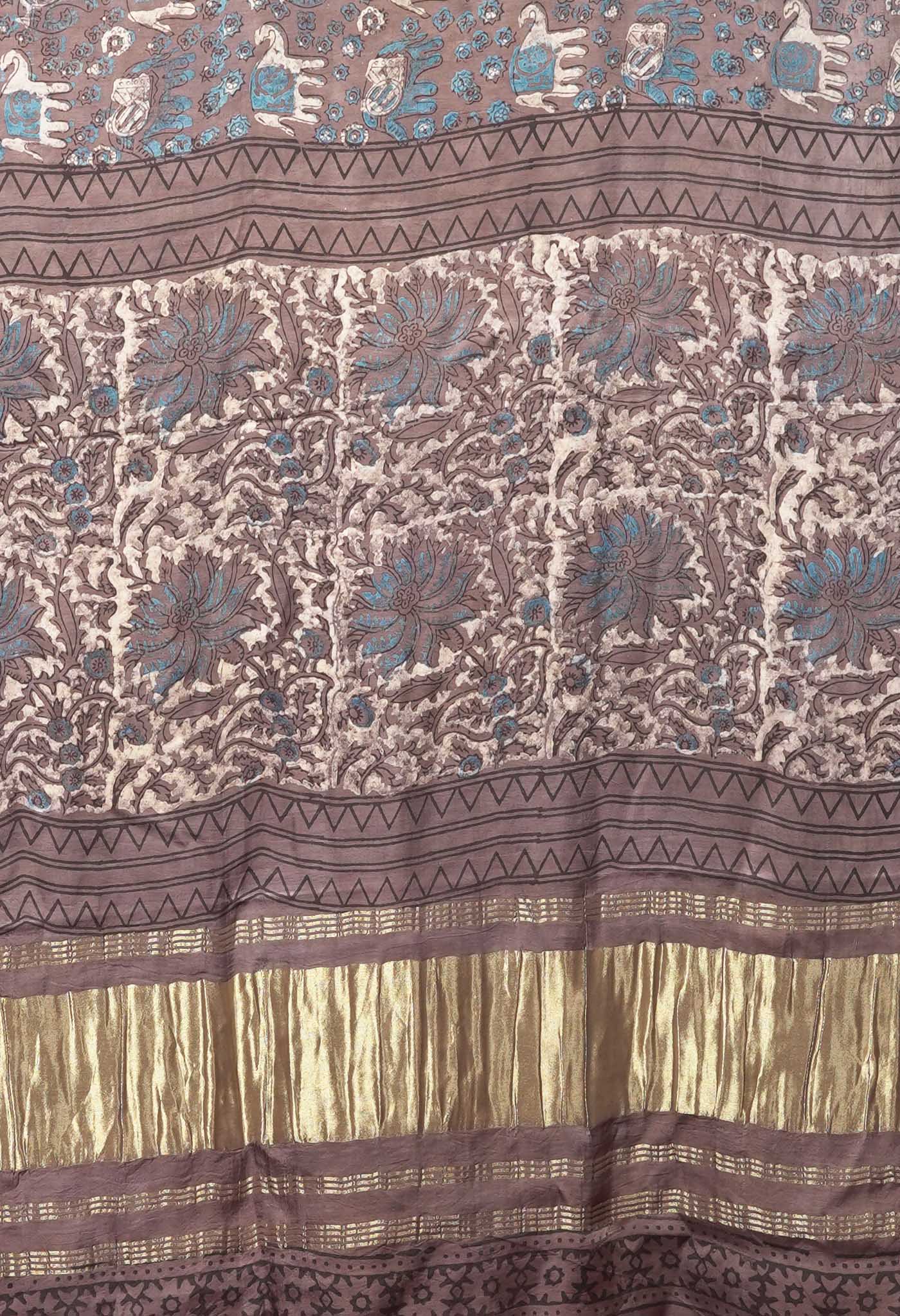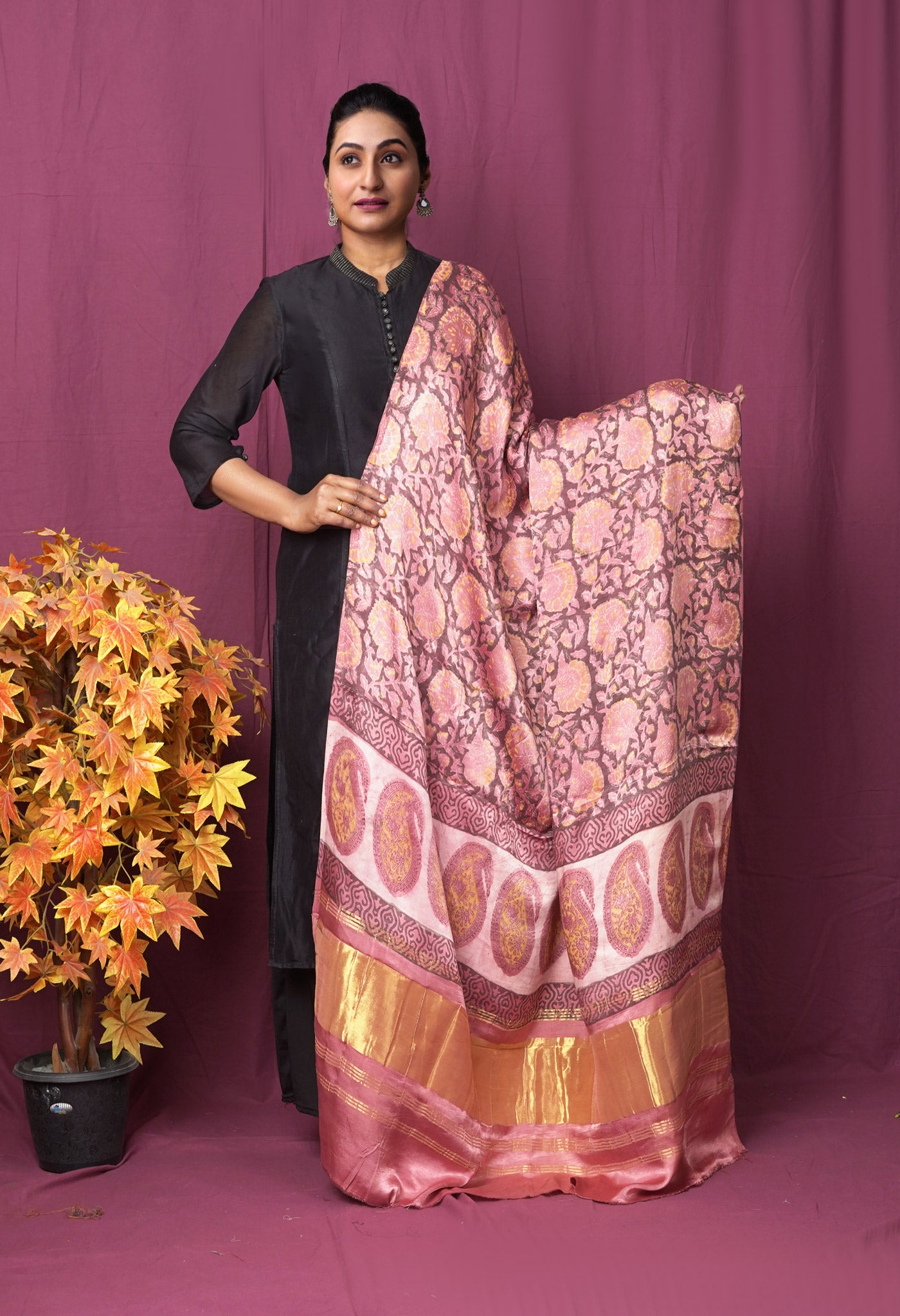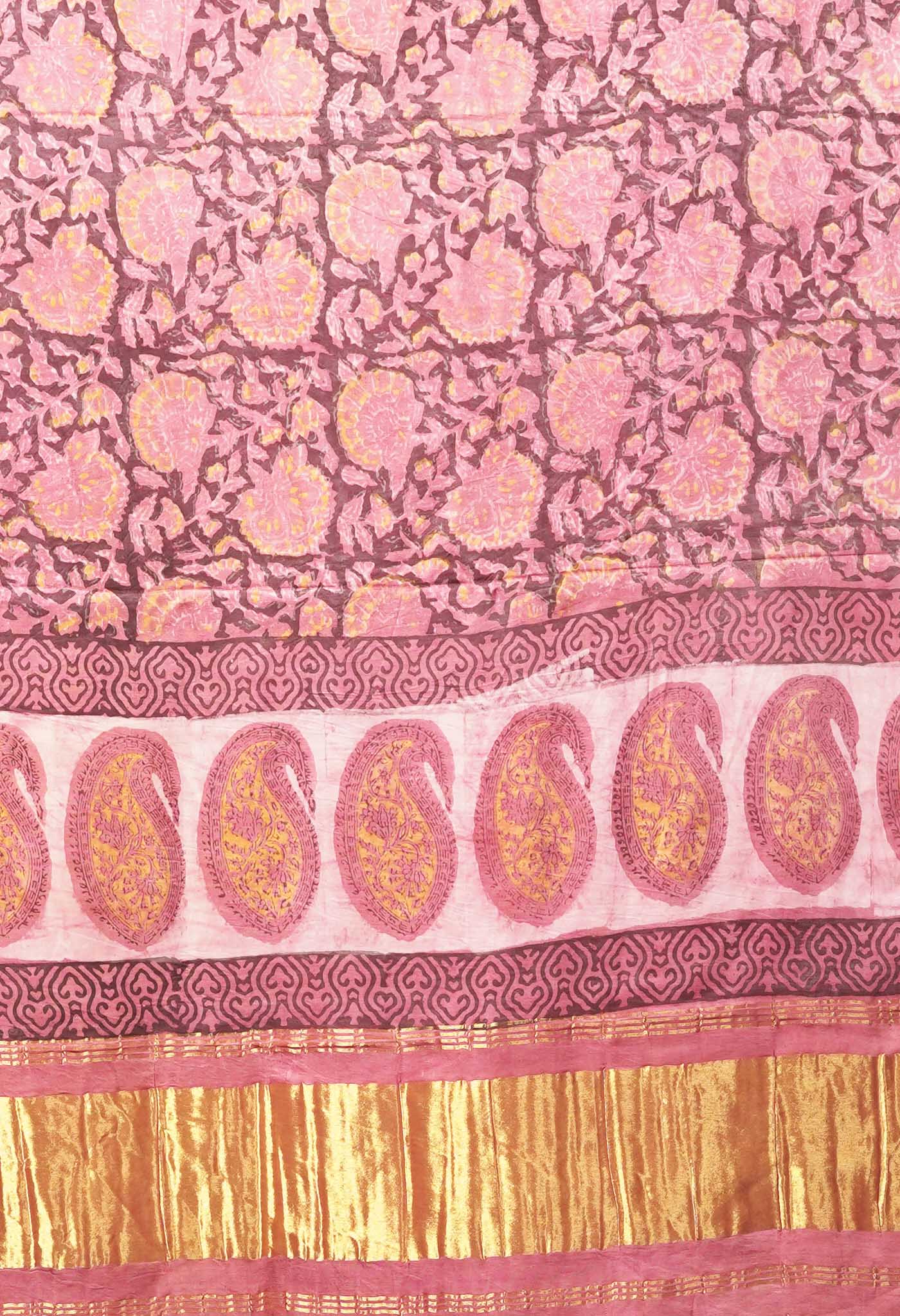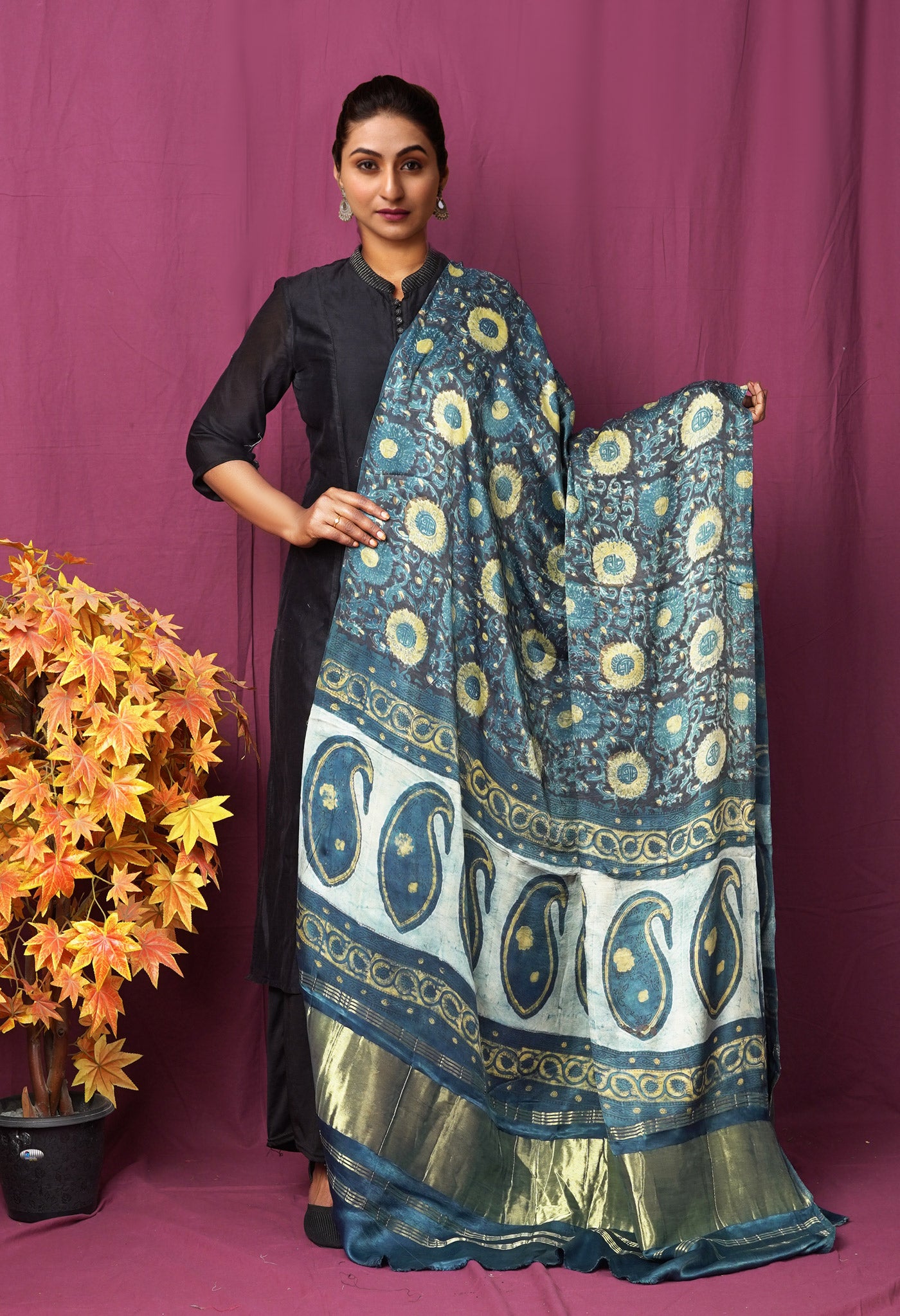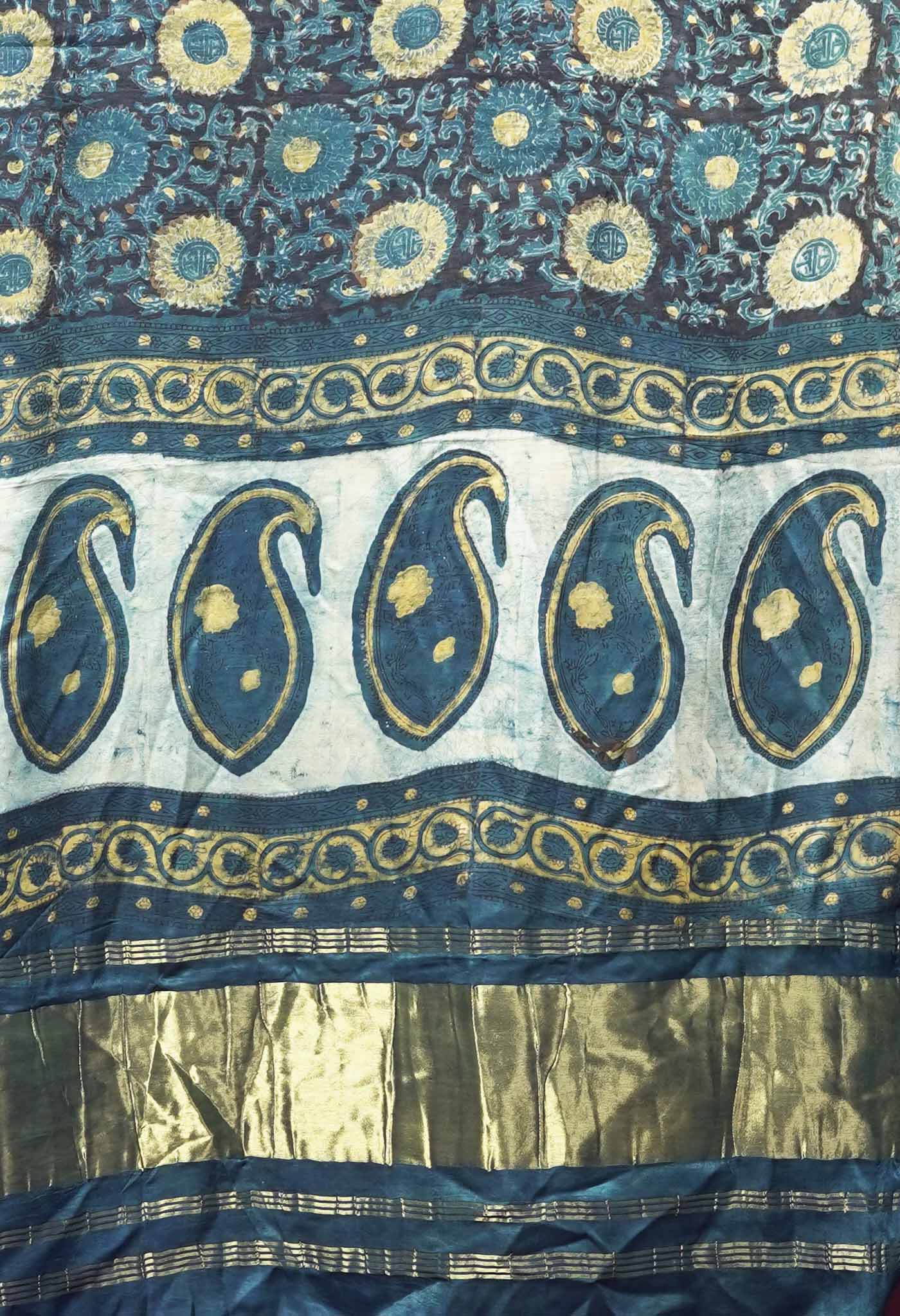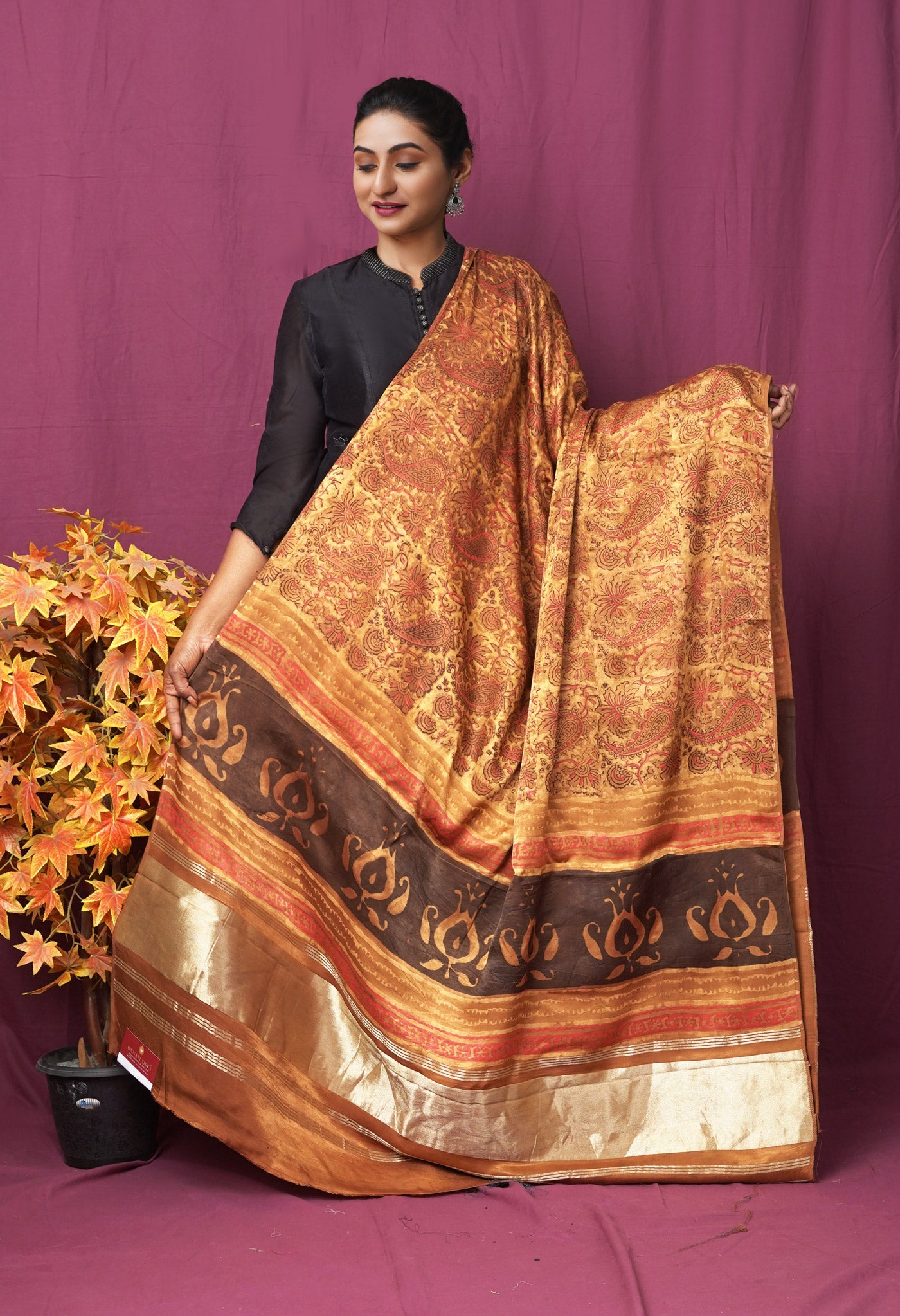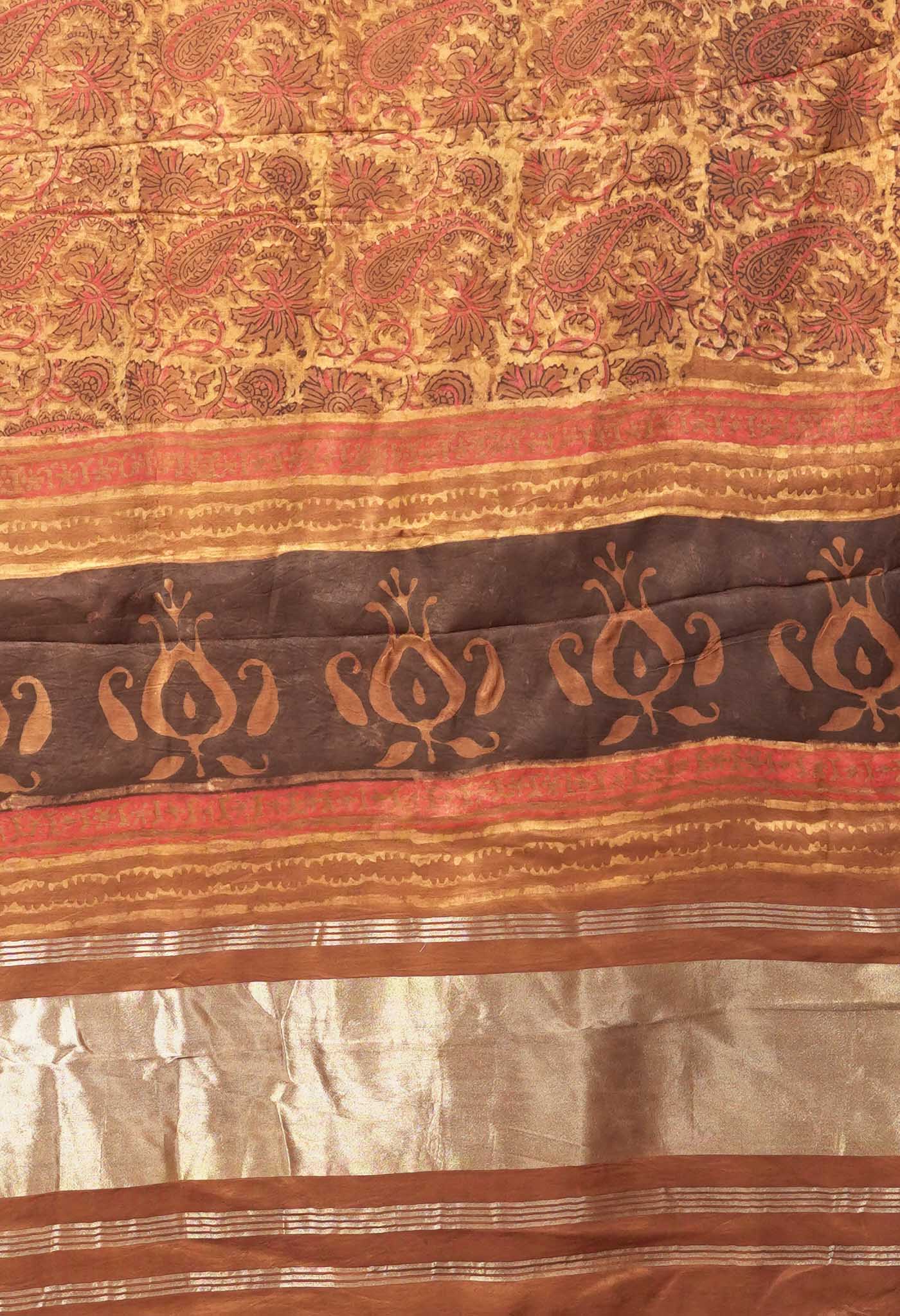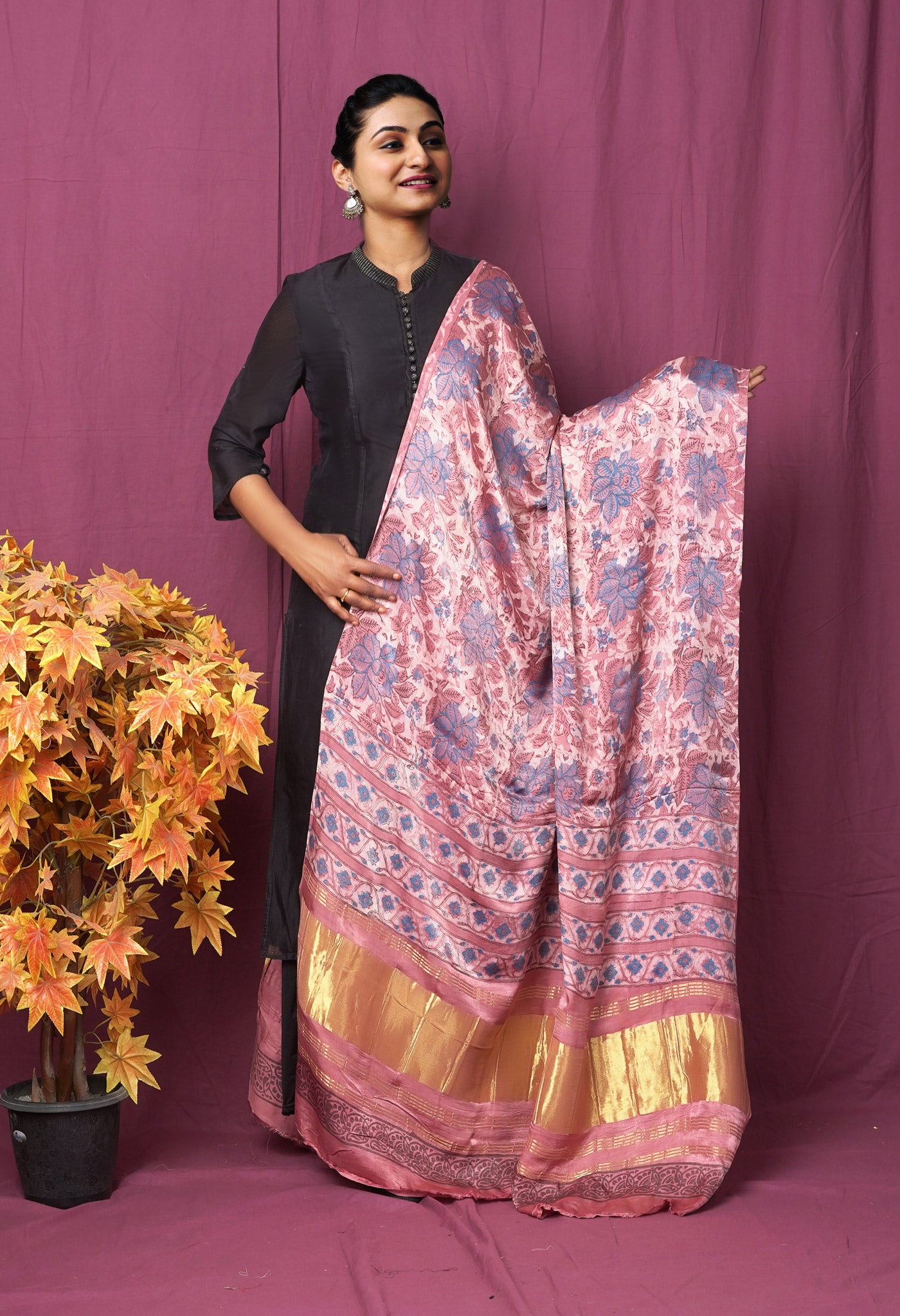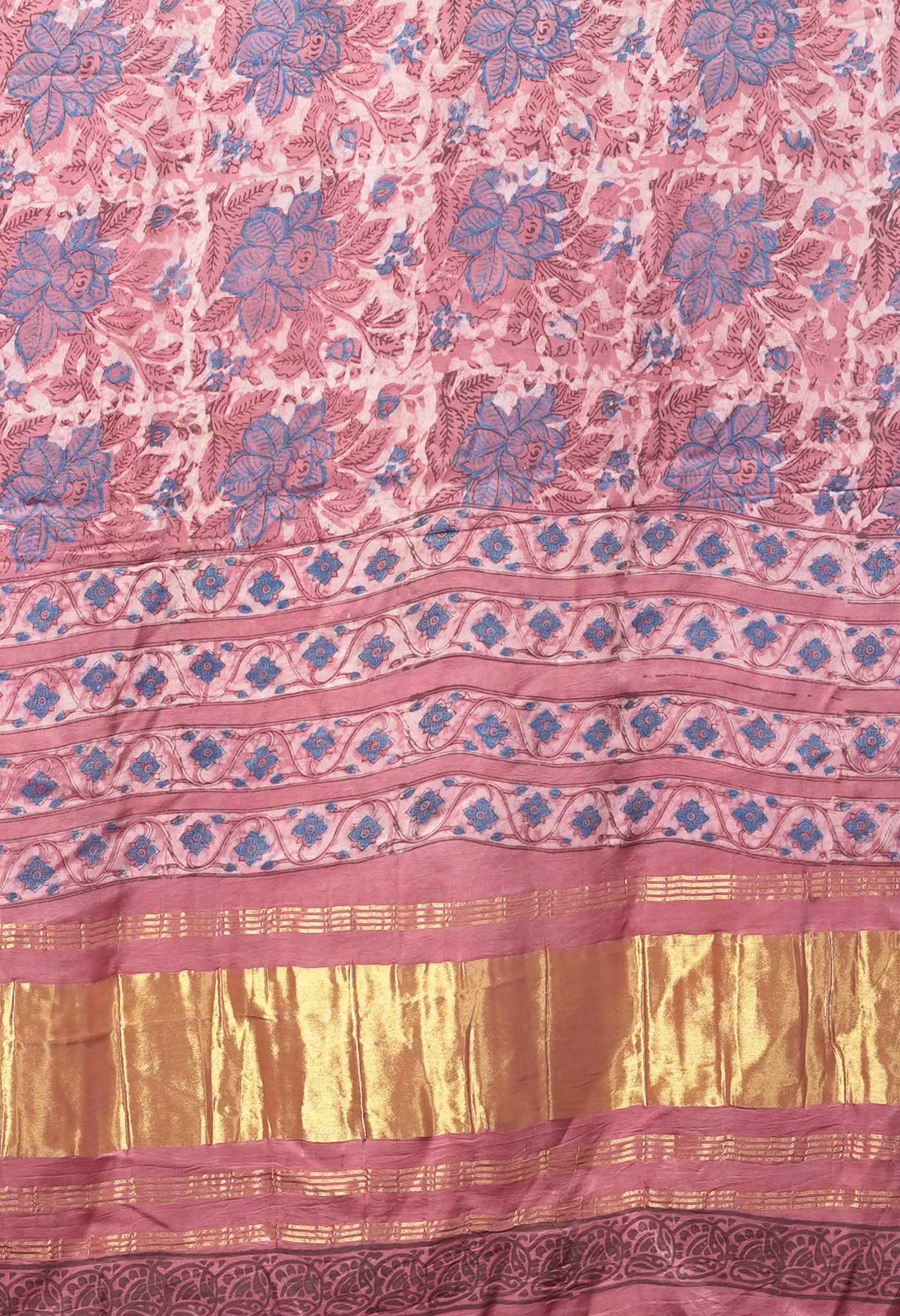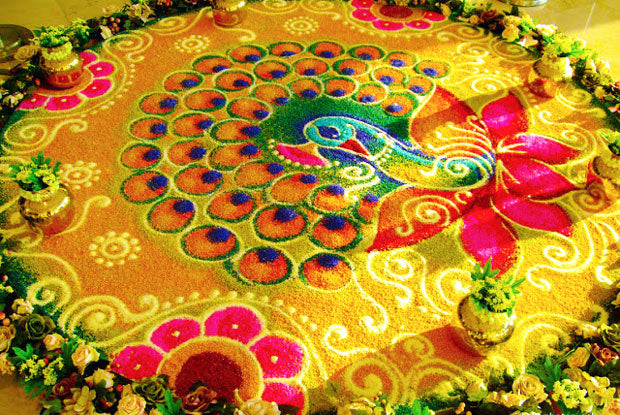
Rangoli – a feast of colours for the eyes

[vc_row][vc_column][vc_column_text]
Rangoli! What a sweet sound it makes on uttering. And images that are conjured up in the mind all speak of one theme – colours. A folk art of India, it is like a ritual or devout tradition, ardently followed by Indians in India and abroad.
 What is Rangoli?
What is Rangoli?
The making of colourful patterns using a mix of colours and other materials is what constitutes a rangoli execution. The basic purpose could be decoration but it has a deeper significance to it as well. Rites, offerings, festival functions, social occasions, Rangoli augurs well for the house and wherever it is put, and is a welcoming sign for good tidings and God’s blessings.
When is Rangoli decoration done?
All major Hindu festivals such as Diwali, Onam, Pongal, Ugadi etc., wedding celebrations, social functions, auspicious rites and in fact over time it has become a fashion to have it at any major programme like Independence Day, visit of a dignitary, social meets etc.
Different names similar practices
Called by different names across India, and popular in observance, Rangoli art is on display through the simplest of designs to the elaborate and complex, in white, a few colours to multi-colour extravaganzas. Kolam in Tamil Nadu, Mandana in Rajasthan,  Chowkpurna in Chattisgarh, Alpana in West Bengal, Muggu in Andhra Pradesh, Golam Kolam in Kerala, Rangavalli in Karnataka, Saathiya in Gujarat, are some names of rangoli in different states of India.
Chowkpurna in Chattisgarh, Alpana in West Bengal, Muggu in Andhra Pradesh, Golam Kolam in Kerala, Rangavalli in Karnataka, Saathiya in Gujarat, are some names of rangoli in different states of India.
The designs and what goes into them
Rangoli displays have geometric shapes, impressions of deities, floral designs, petals and flowers, popular birds like peacock, parrot, mango, fish, and of course the very inspiring free hand art of the experts. Also it is based on tradition, including local tastes and liking. The Rangoli is done on cleaned wide floor spaces or bare walls.
Materials found in nature and daily household use such as dry or wet powdered rice, coloured rice grains, dry flour, coloured sand  or flowery petals constitute the basic materials for outlines. It is the colours that could be from natural substances like sindoor(vermillion), haldi(turmeric powder) and other colours from powdered brick , whole or crushed flowers, coloured petals, coloured sand etc. that give variety and variance to the plethora of colour spreads that spring up on the occasions.
or flowery petals constitute the basic materials for outlines. It is the colours that could be from natural substances like sindoor(vermillion), haldi(turmeric powder) and other colours from powdered brick , whole or crushed flowers, coloured petals, coloured sand etc. that give variety and variance to the plethora of colour spreads that spring up on the occasions.
Unfortunately the danger of chemical substances that could increase in use over time exist, especially with easy availability and low price and cause skin and internal organ related problems later on.
The grid is generally square in the Northern part and hexagonal in the South of India with the Kerala Onam Rangoli taking a circular form. But with inter-cultural mix and mingling, this no longer holds true and you can find people reveling in all shapes and forms of Rangoli in any part of India.
[/vc_column_text][vc_gallery type="image_grid" interval="3" images="7395,7379,7381,7389,7404,7392,7382,7385,7383,7387,7386,7391,7388,7384,7390" onclick="link_image" custom_links_target="_self"][/vc_column][/vc_row][vc_row][vc_column width="1/1"][vc_column_text]
The brief Rangoli process
The area is cleared and made clean by water and allowing it to dry. Some prefer to merely wipe it clean. More even and smooth the surface, better the appearance. The basic outline of the Rangoli is drawn with chalk or coloured crayon, pencil whatsoever so that the outline material like rice flour or paint etc. can easily follow along the lines. The basic picture or pattern being ready, it is the choice of colours, the colour combinations, the sharpness of detail, the filling method, the accuracy in the fill of colours, the texture and of course the innovative additions that make the difference between good and far-out.
the surface, better the appearance. The basic outline of the Rangoli is drawn with chalk or coloured crayon, pencil whatsoever so that the outline material like rice flour or paint etc. can easily follow along the lines. The basic picture or pattern being ready, it is the choice of colours, the colour combinations, the sharpness of detail, the filling method, the accuracy in the fill of colours, the texture and of course the innovative additions that make the difference between good and far-out.
Age old tradition that continues as a fine art
Rangoli has been through years of Indian tradition like the daily white simple to elaborate decoration outside many Indian homes just to ward off evil spirits, but continues today even more as a celebrated art that women love to practice.
[/vc_column_text][vc_tabs][vc_tab title="Rangoli above water" tab_id="1420881776-1-17"][vc_column_text][youtube http://www.youtube.com/watch?v=GiZFw4bHhcw?wmode=transparent&w=640&h=360][/vc_column_text][/vc_tab][vc_tab title="Rangoli under water" tab_id="1420881776-2-39"][vc_column_text][youtube http://www.youtube.com/watch?v=0ClzQsLB648?wmode=transparent&w=640&h=360][/vc_column_text][/vc_tab][vc_tab title="EASY RANGOLI" tab_id="1420884694925-2-9"][vc_column_text][youtube http://www.youtube.com/watch?v=2btrhYCVhww?wmode=transparent&w=640&h=360][/vc_column_text][/vc_tab][vc_tab title="how to make Rangoli in 1 minute" tab_id="1420884695911-3-10"][vc_column_text][youtube http://www.youtube.com/watch?v=bXUDdOmmTG8?wmode=transparent&w=640&h=360][/vc_column_text][/vc_tab][vc_tab title="DIY Rangoli Making Tools and Material - JK Arts 408" tab_id="1420884696892-4-1"][vc_column_text][youtube http://www.youtube.com/watch?v=nhAN-PbwpiQ?wmode=transparent&w=640&h=360][/vc_column_text][/vc_tab][/vc_tabs][vc_column_text]Rangoli is an expression of thanks to Nature and its bounty of colours that have always kept life in the technicolour.[/vc_column_text][/vc_column][/vc_row]


